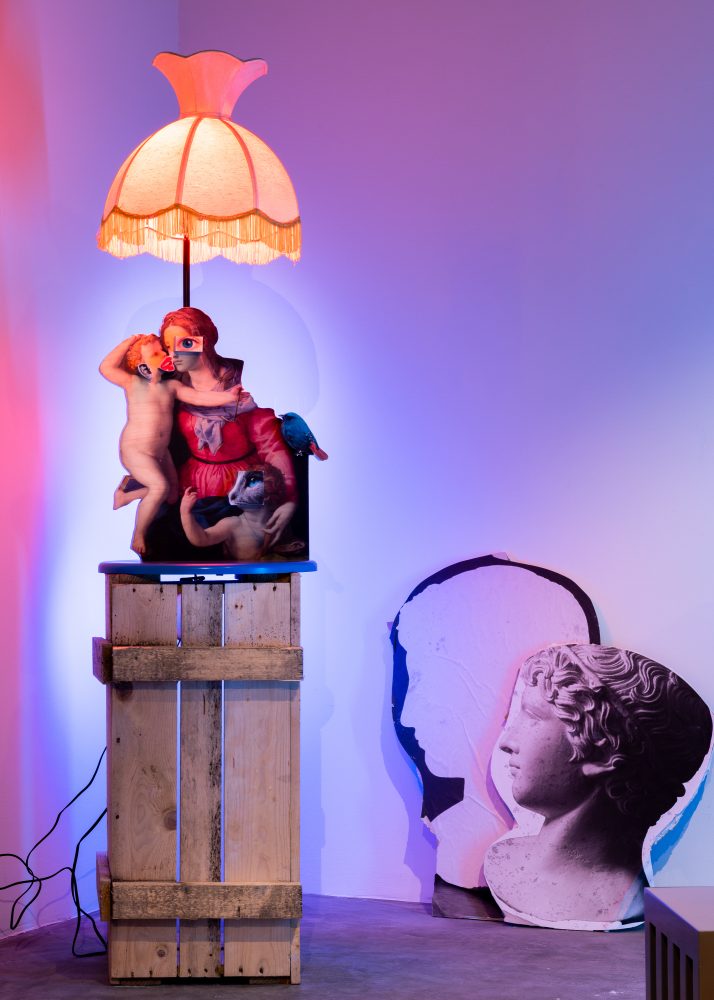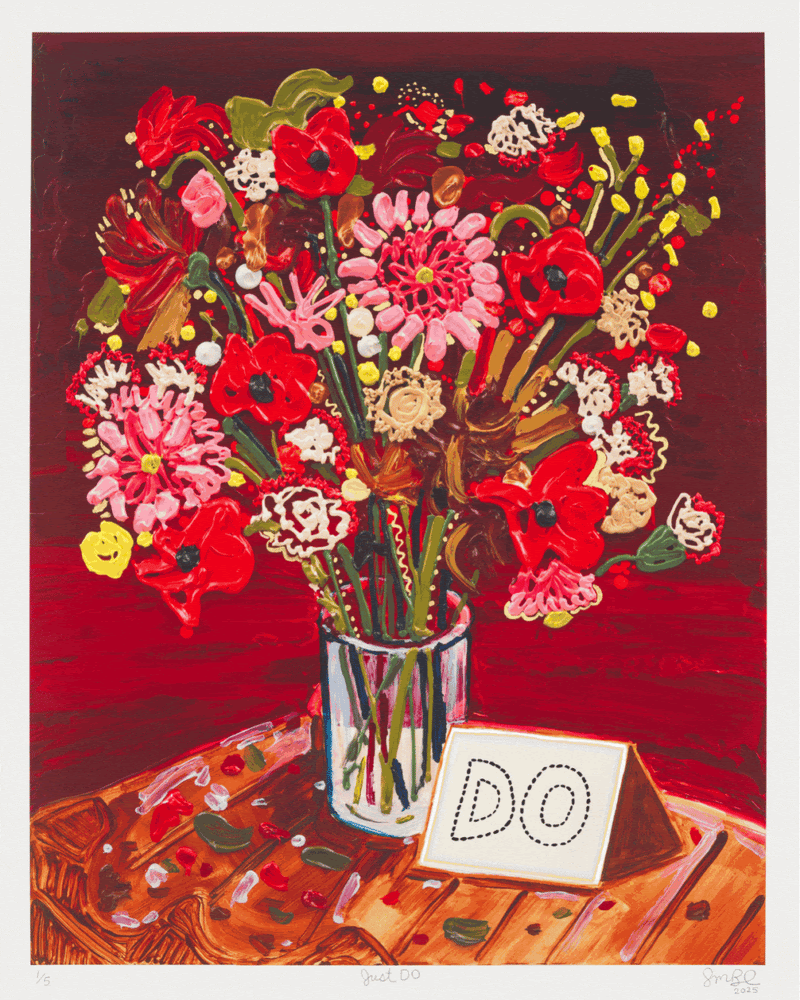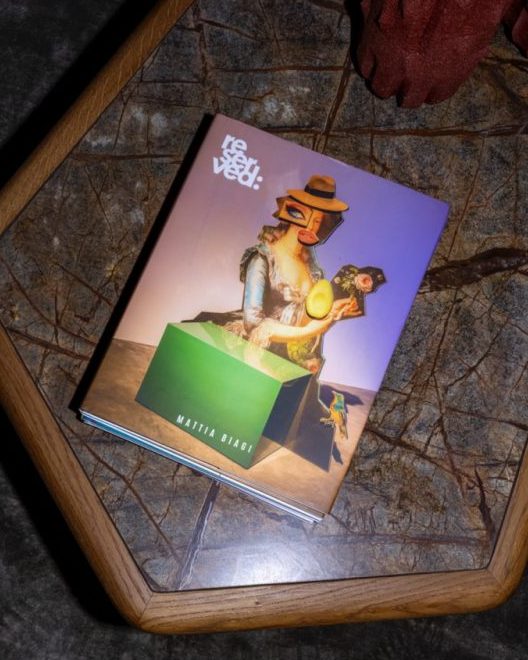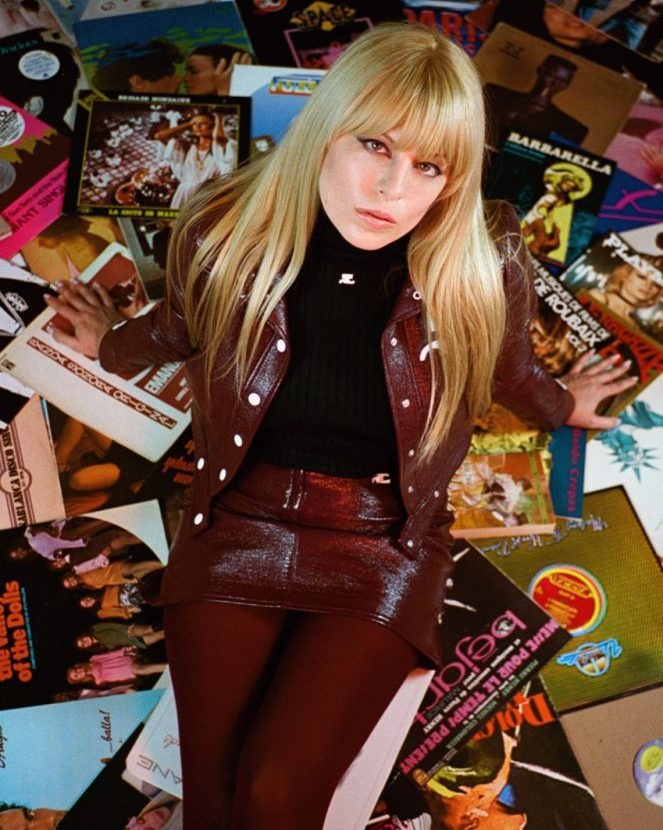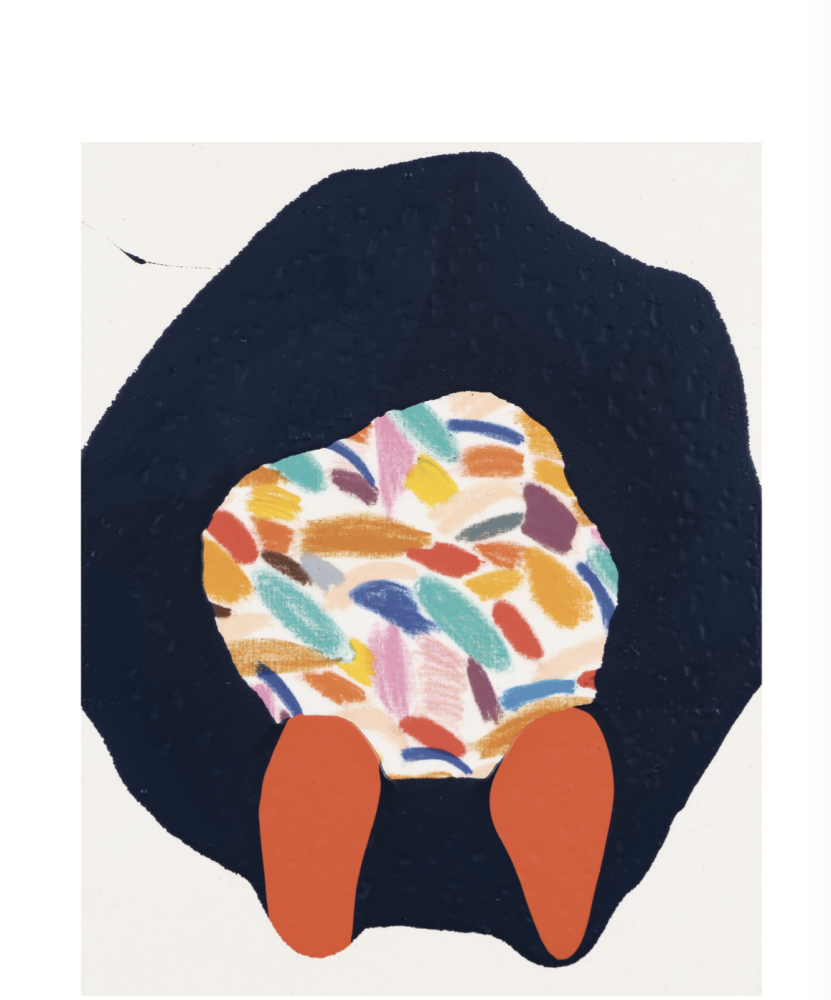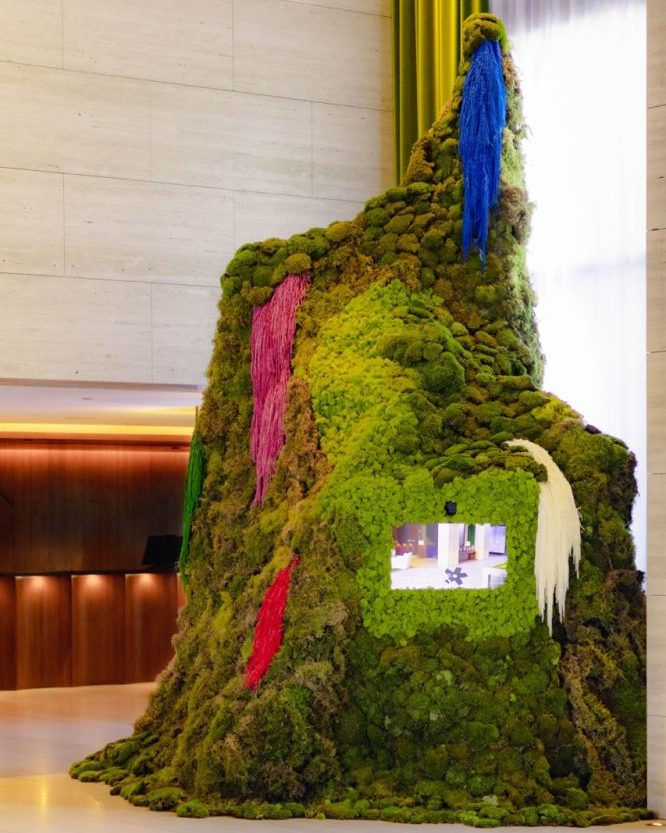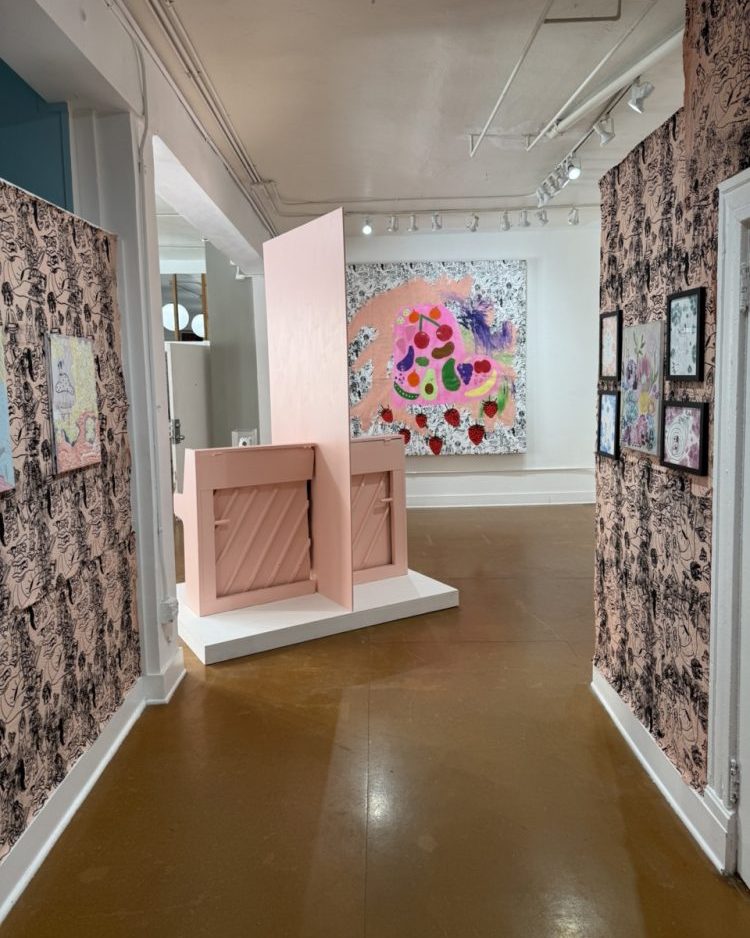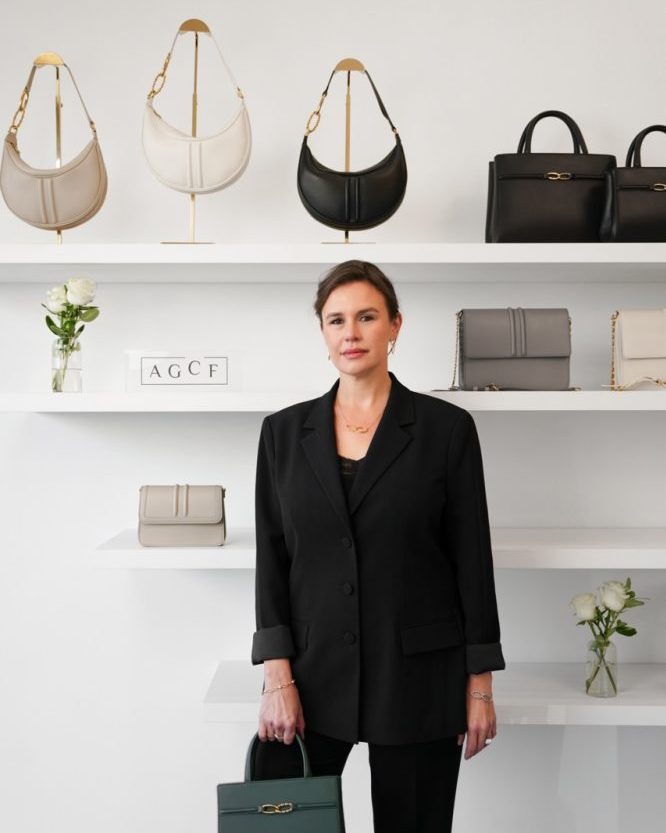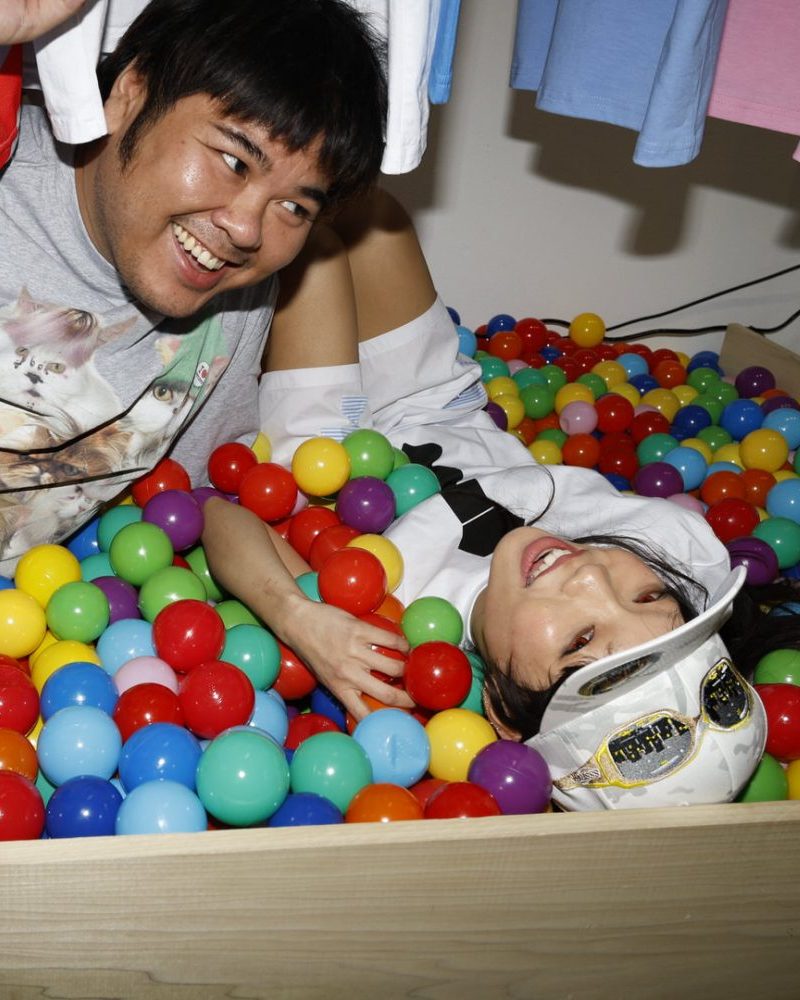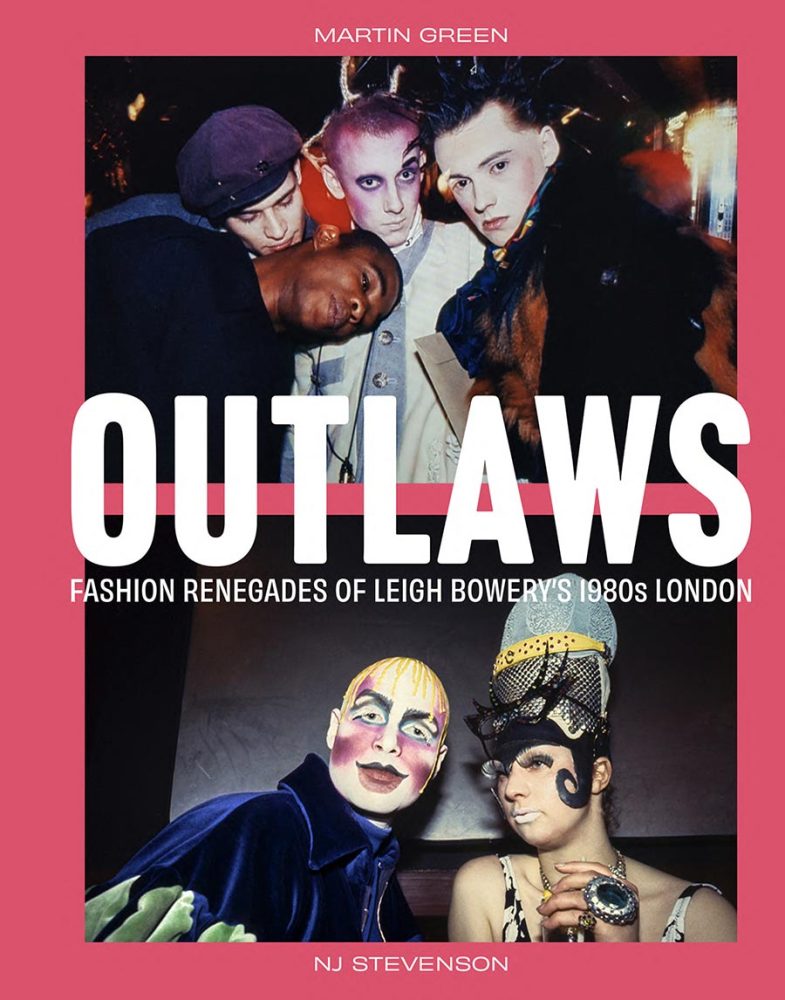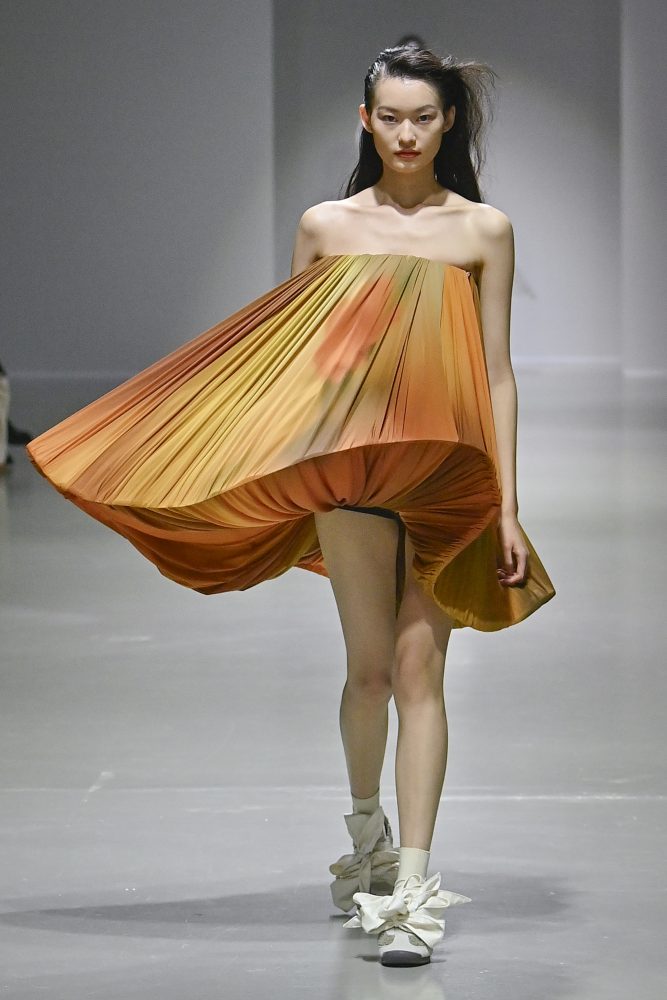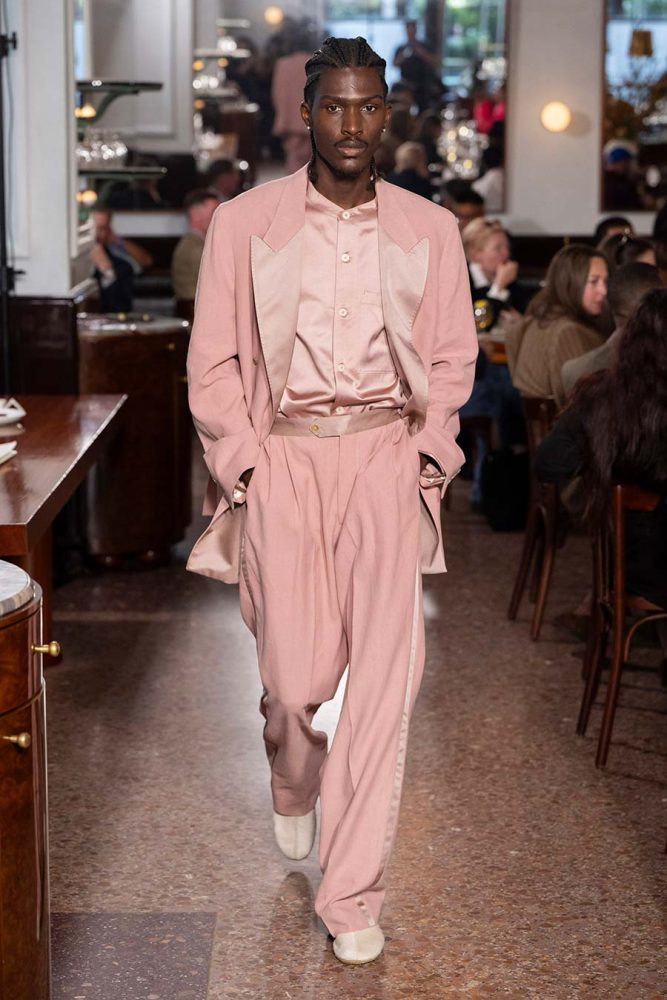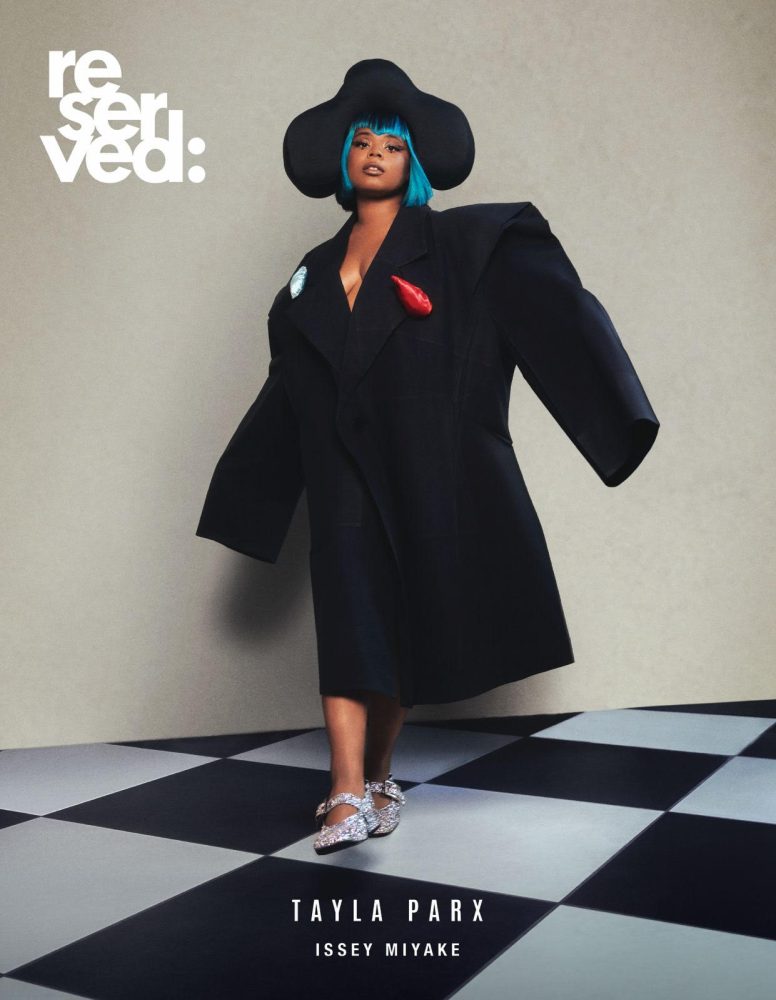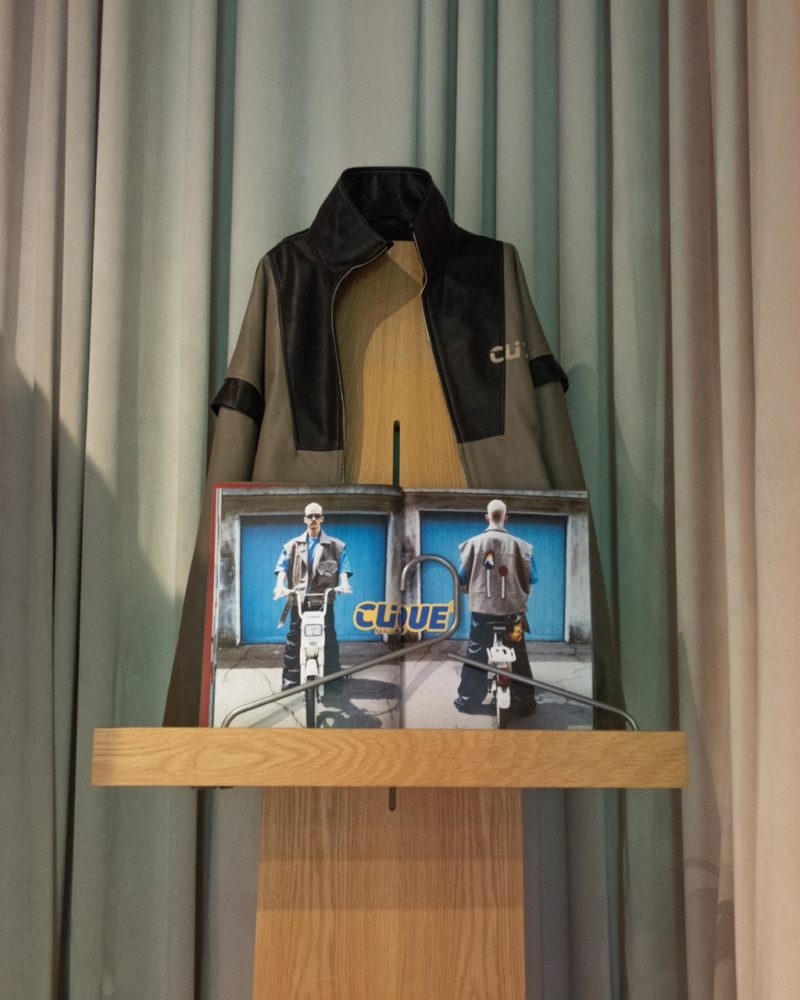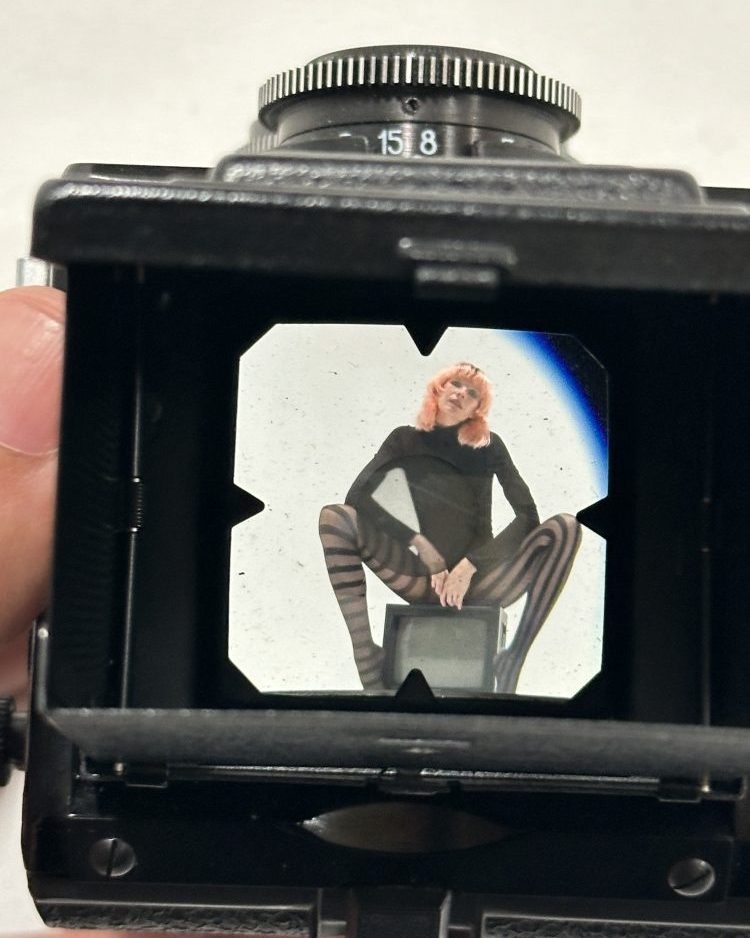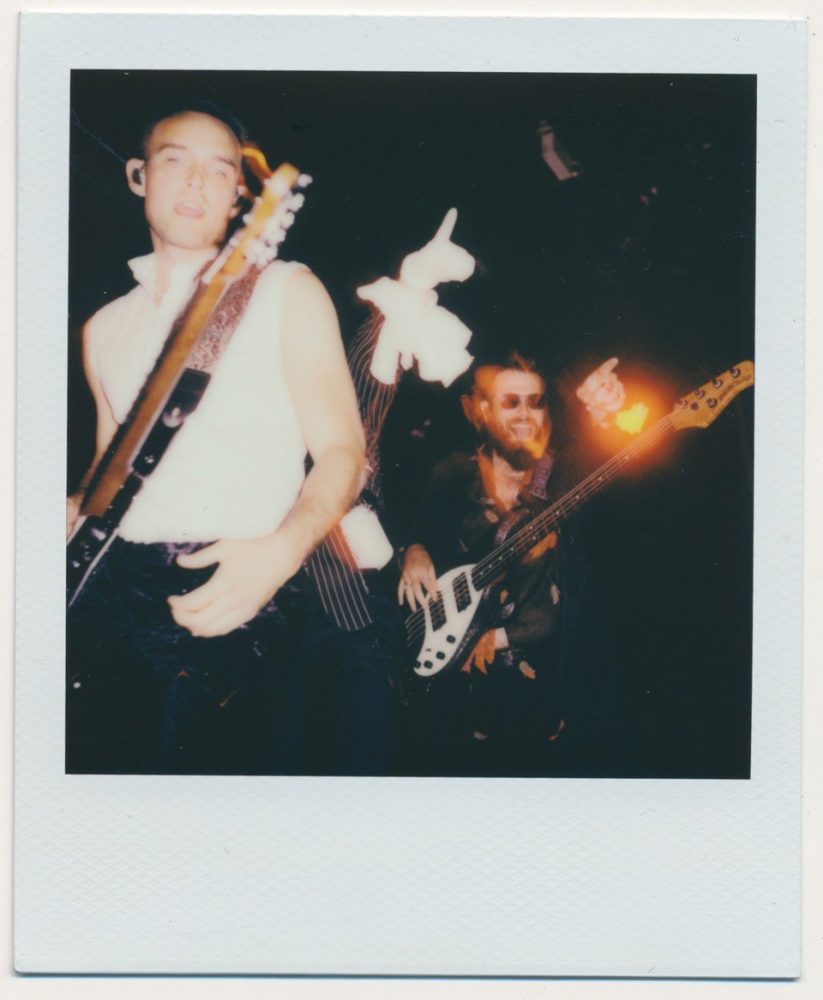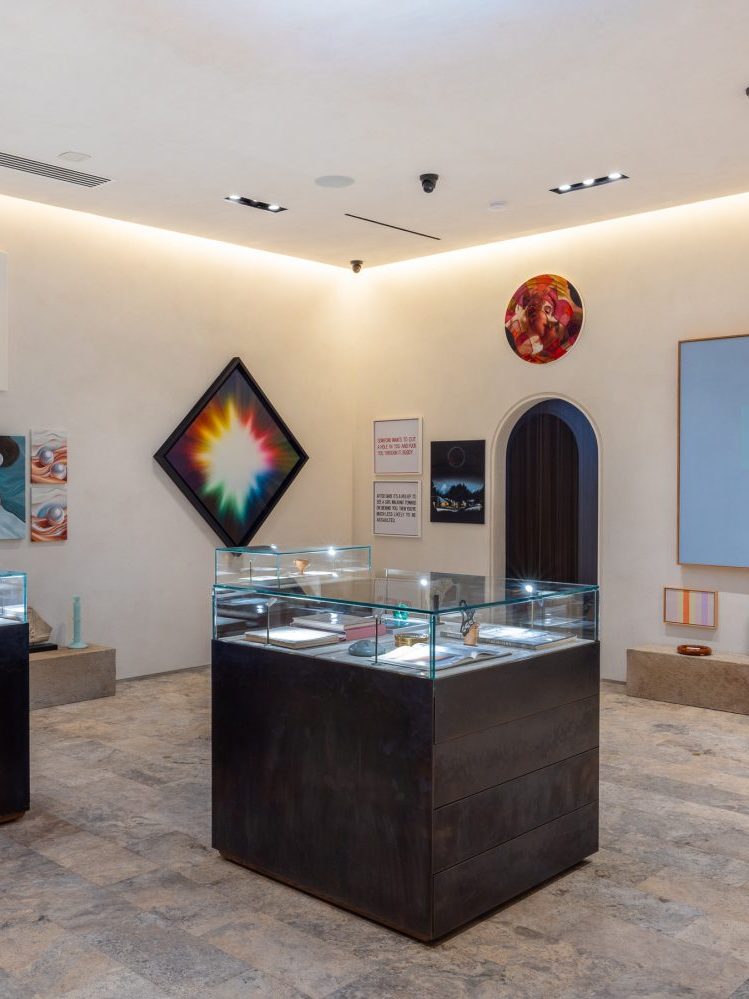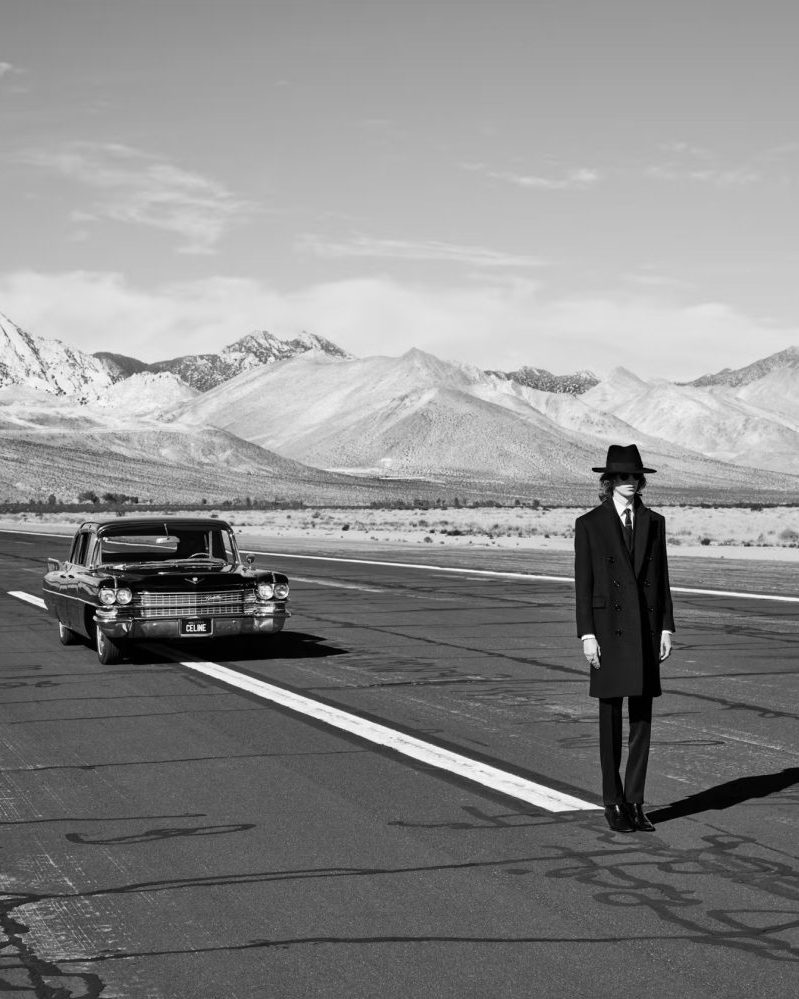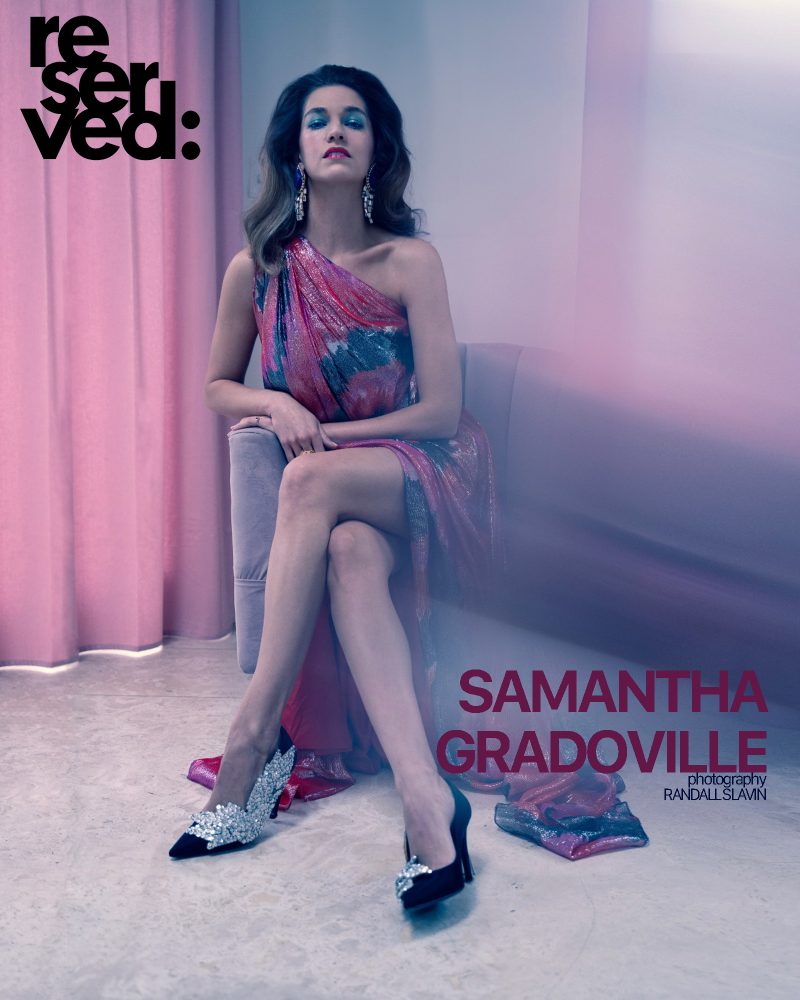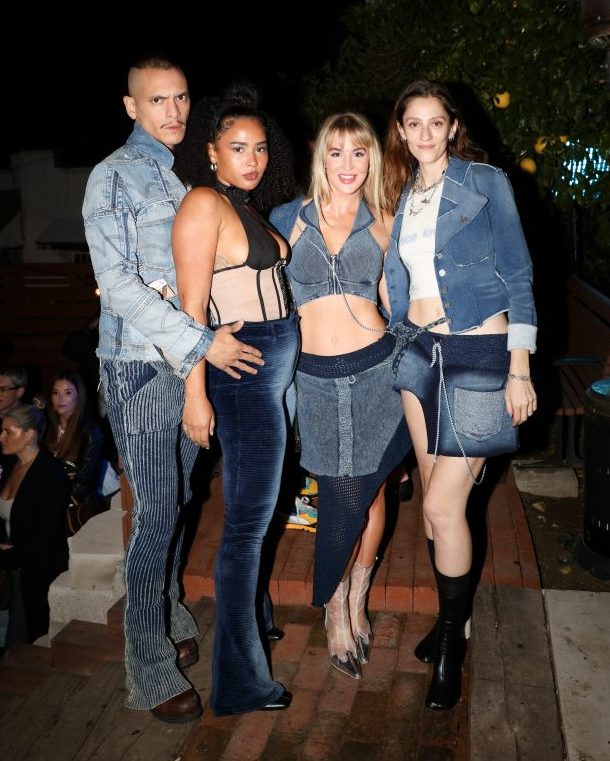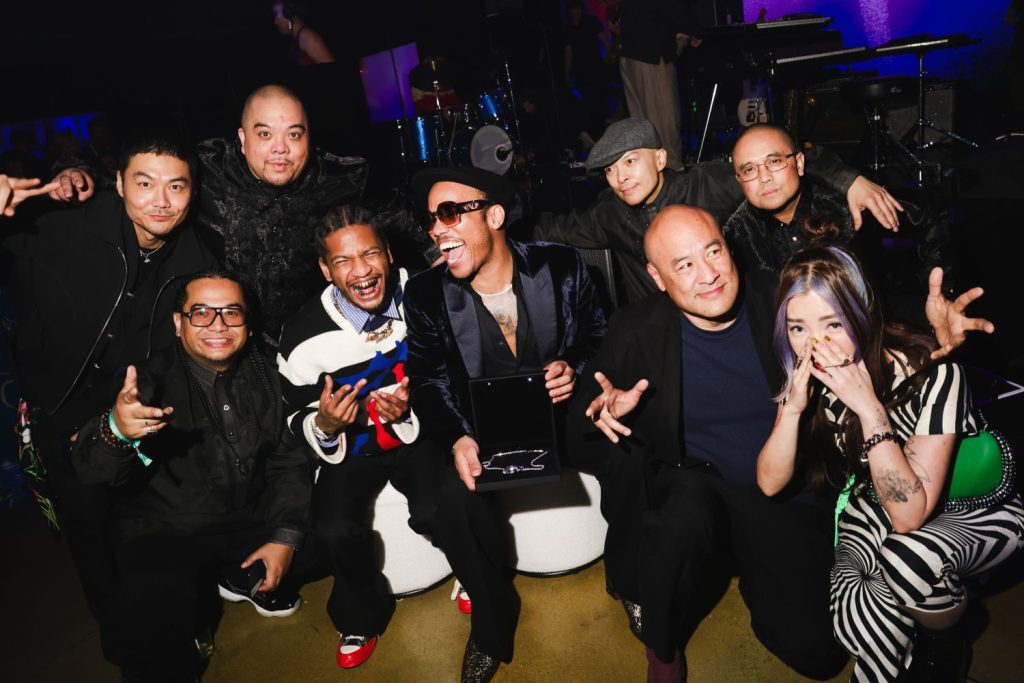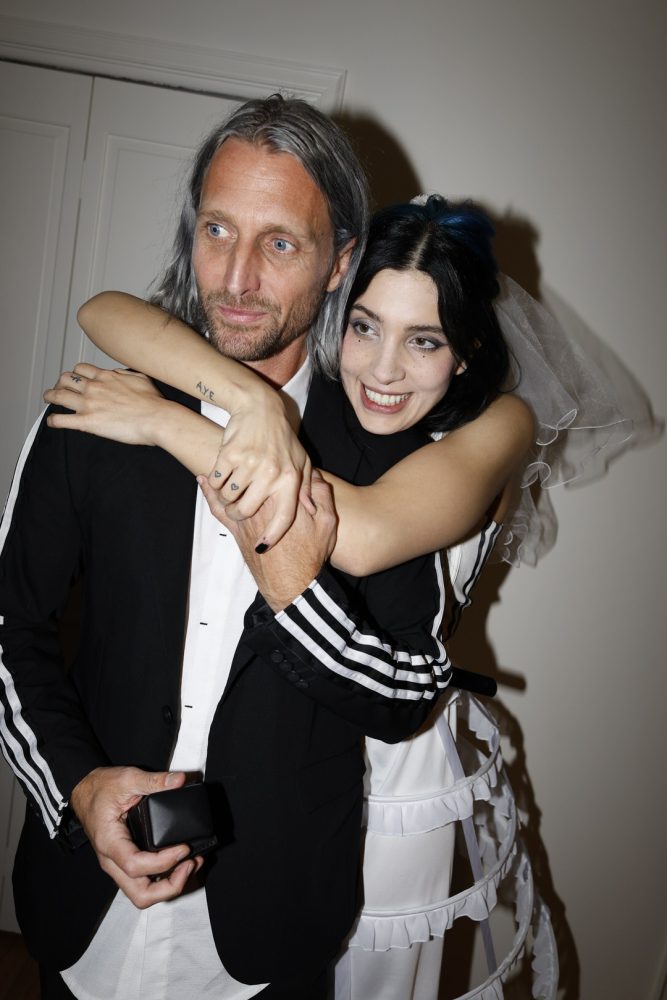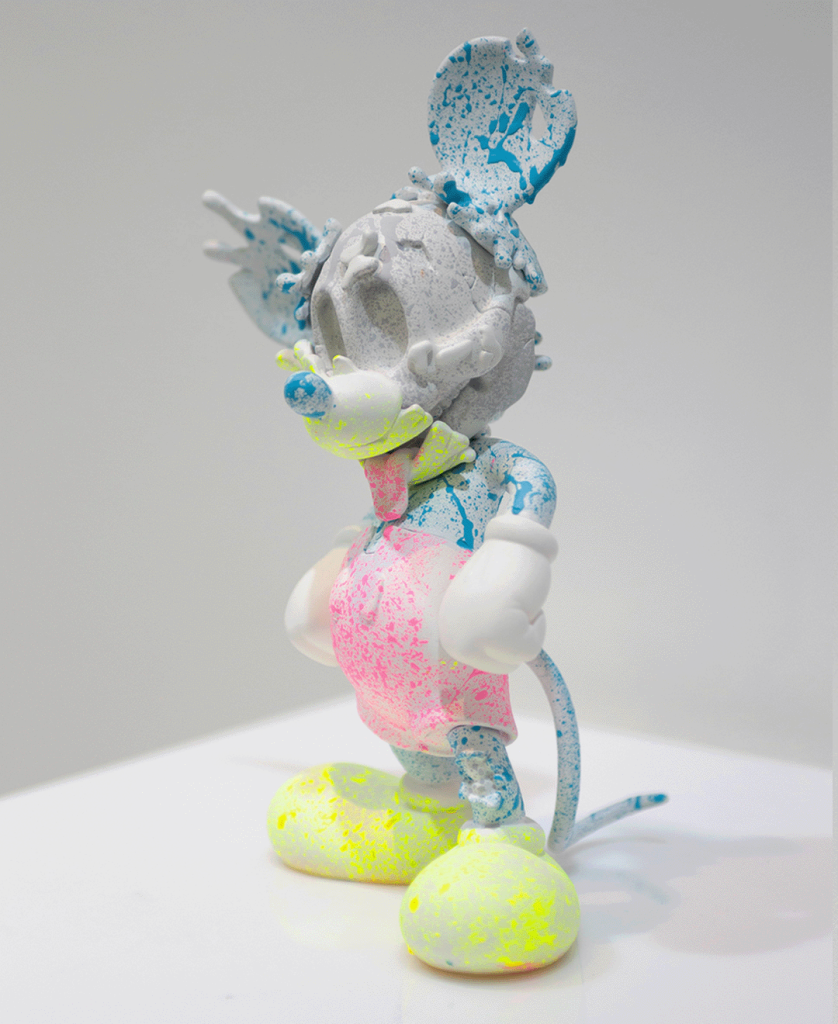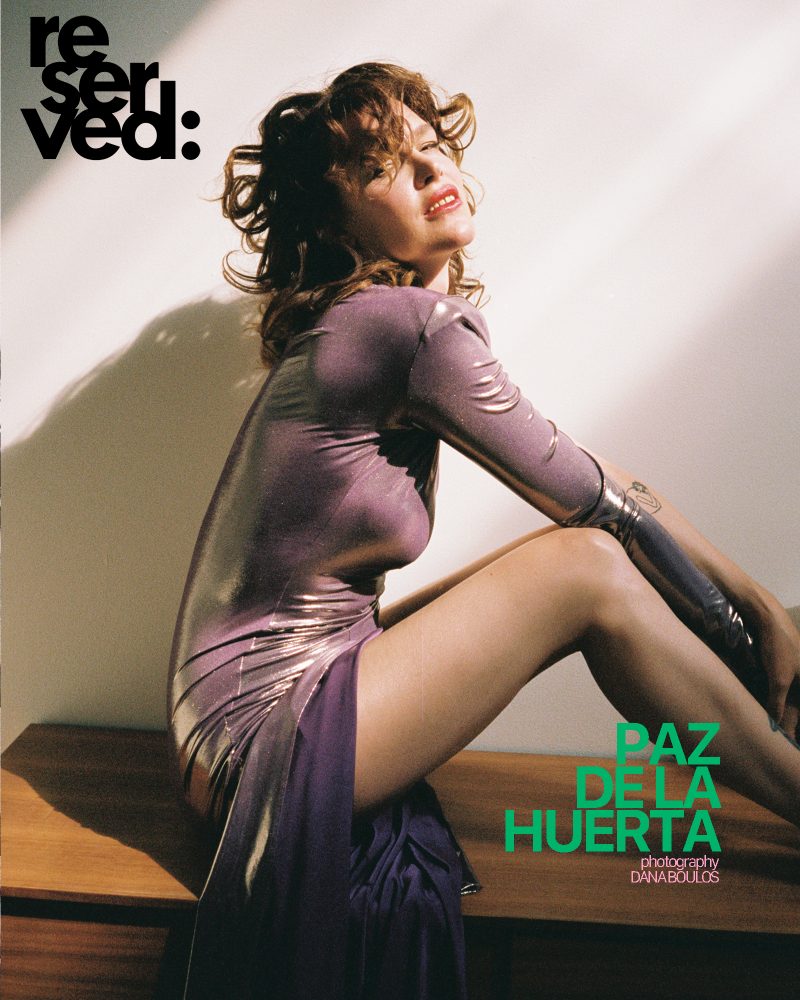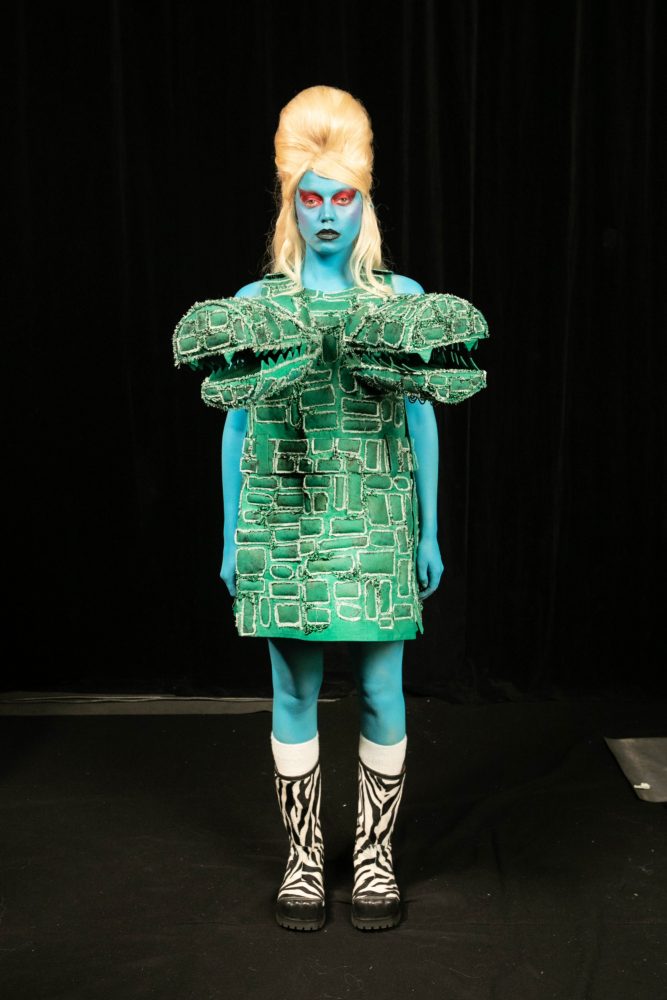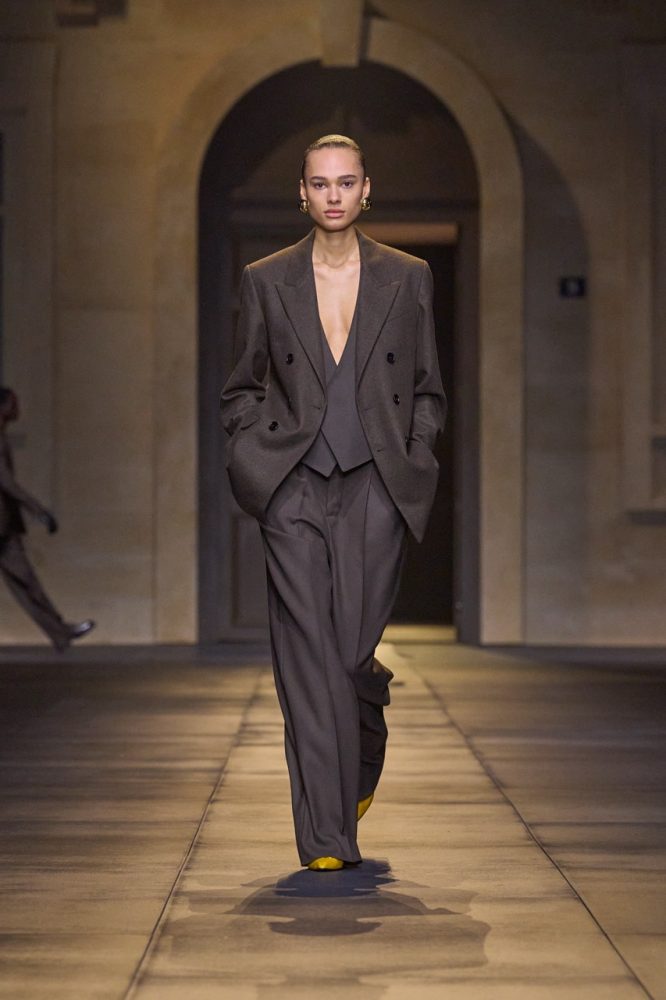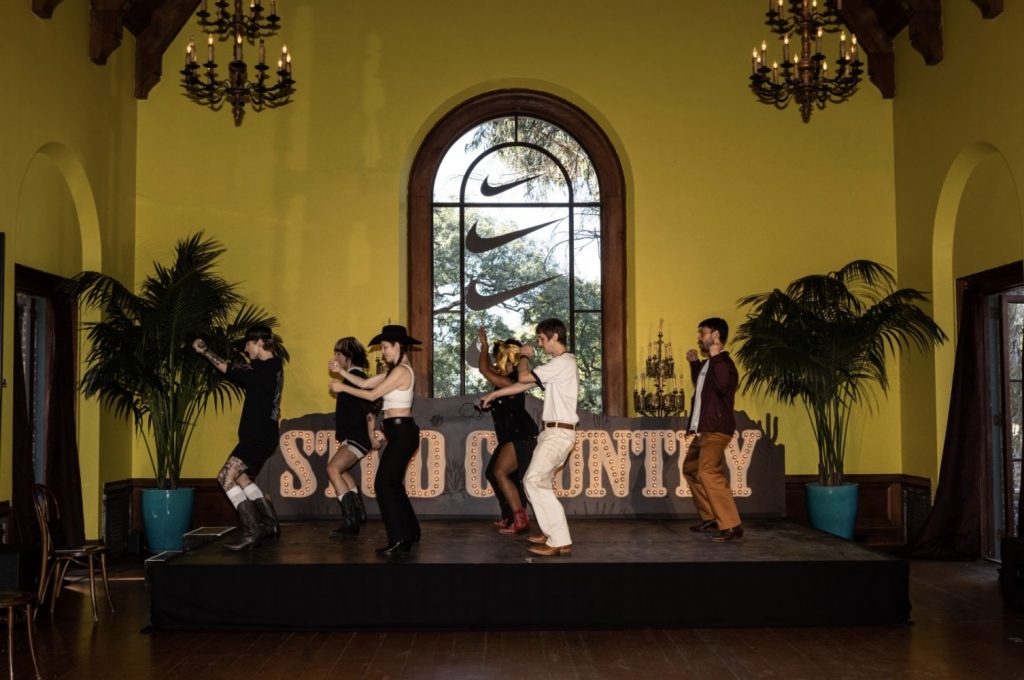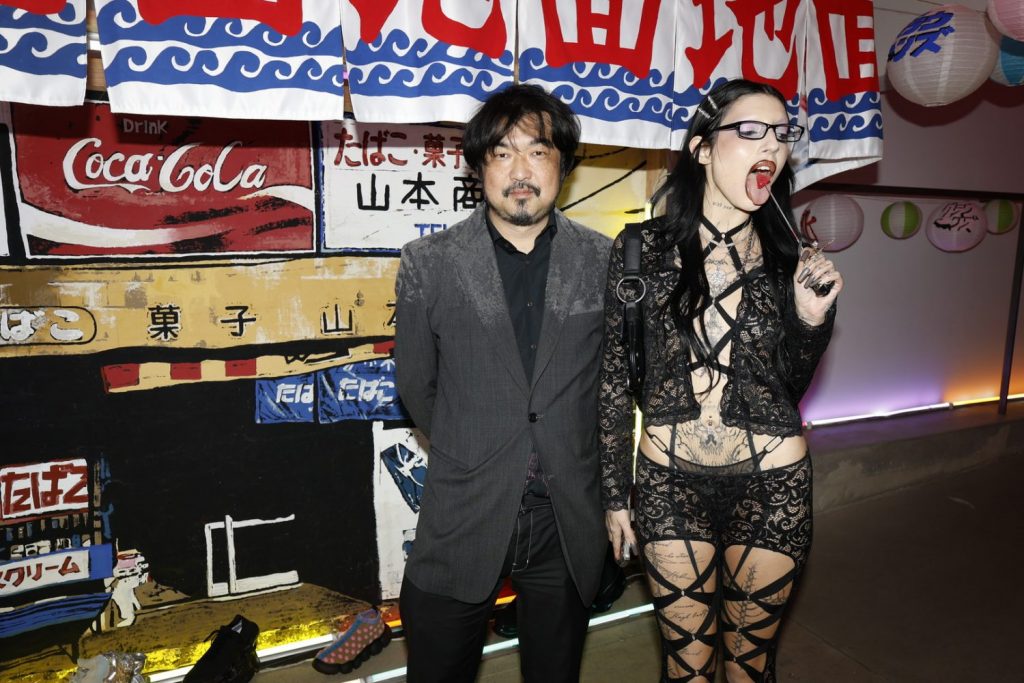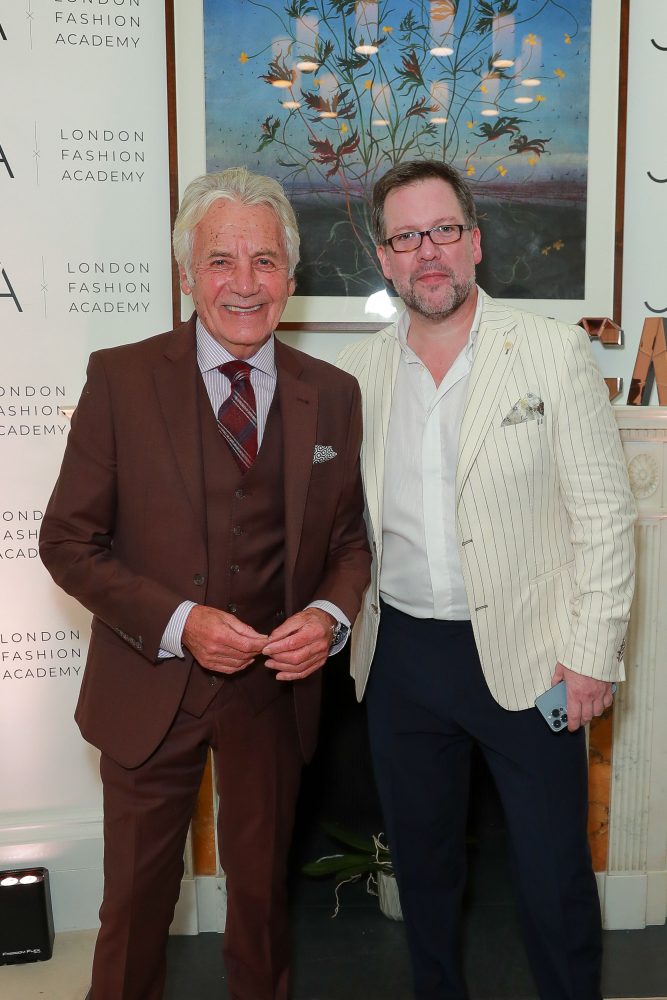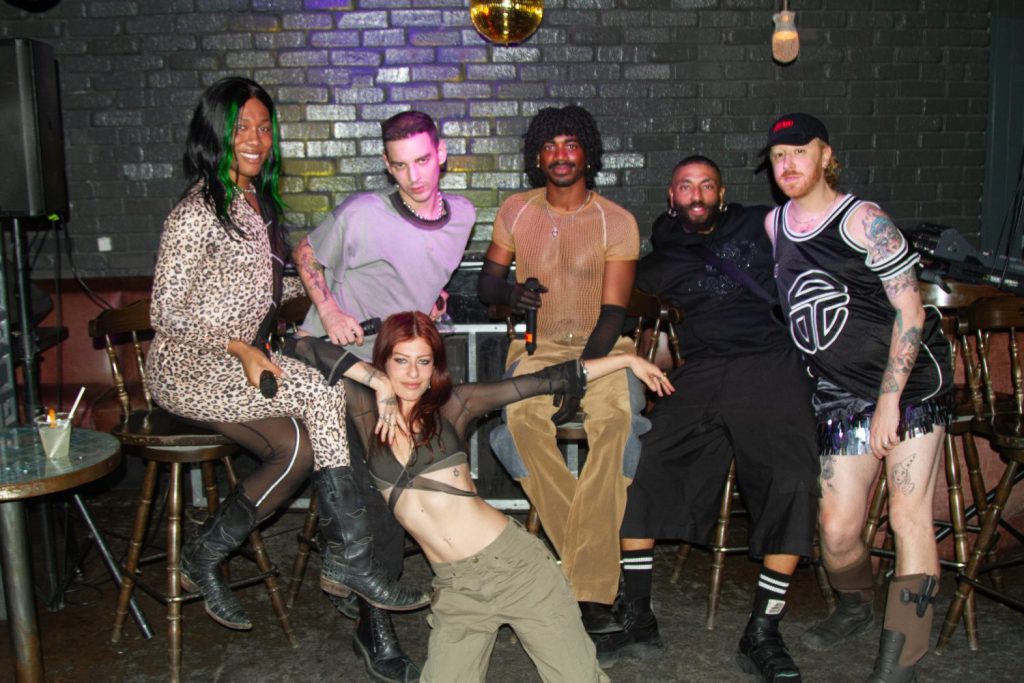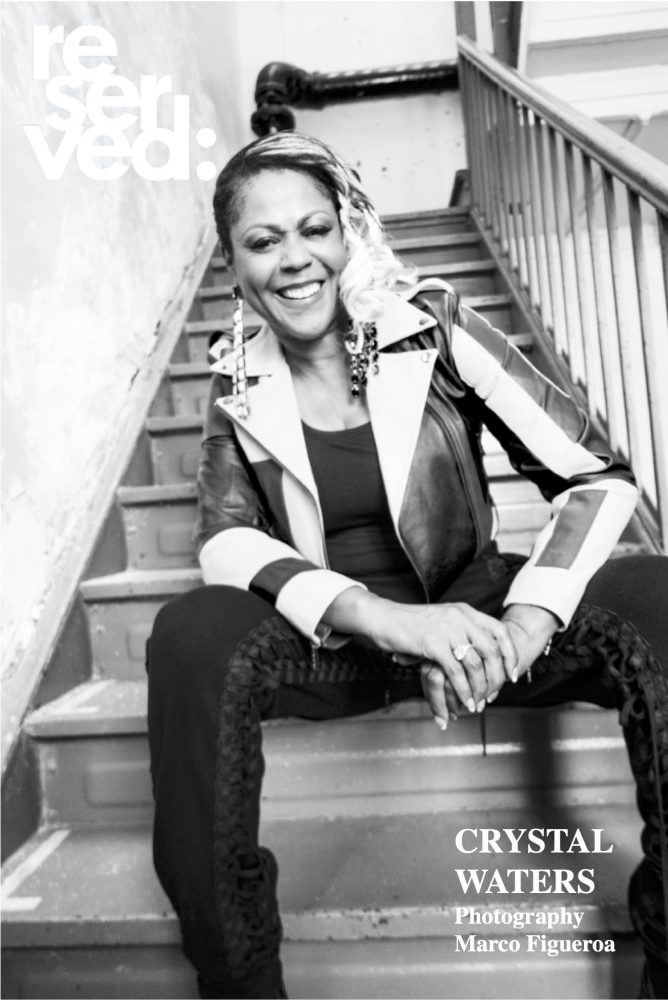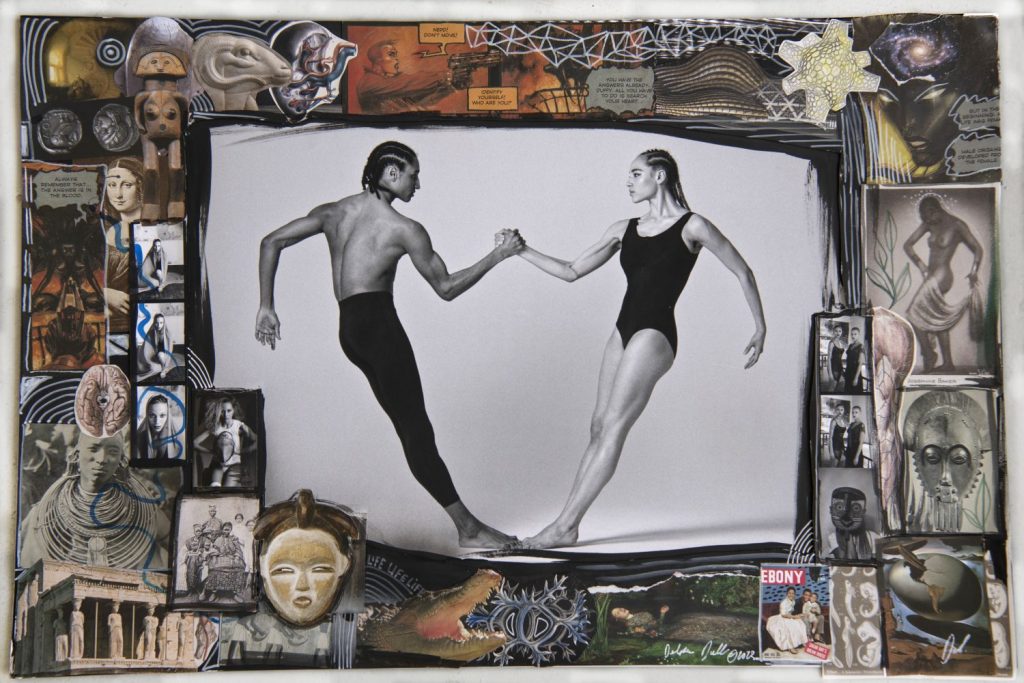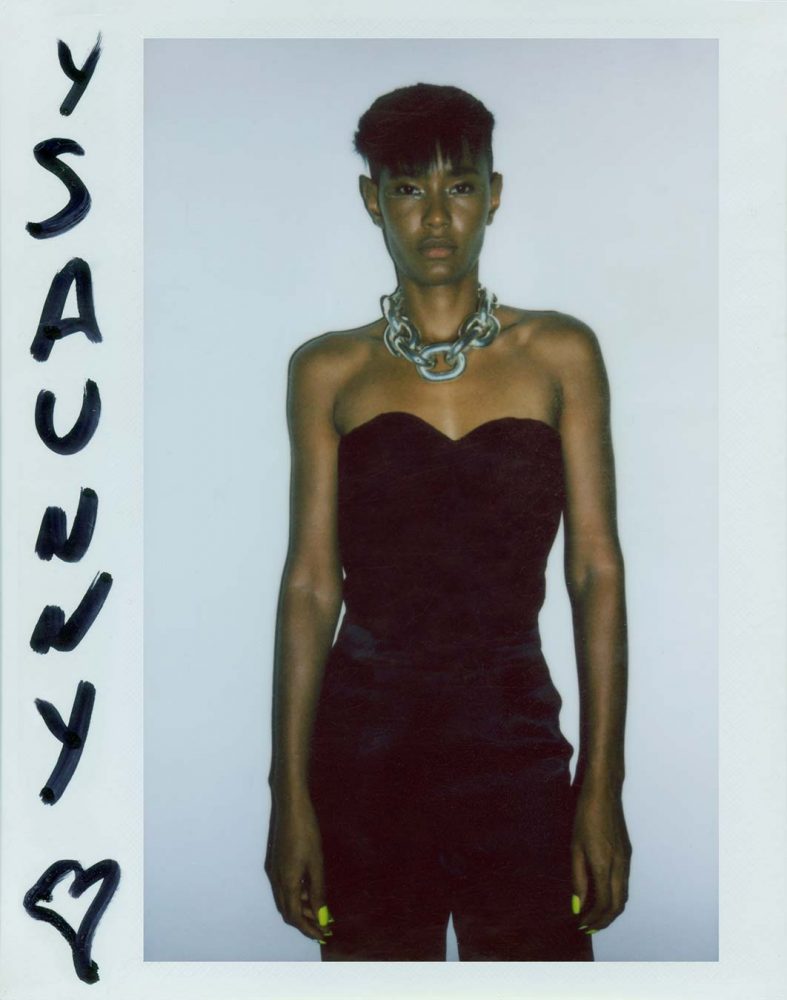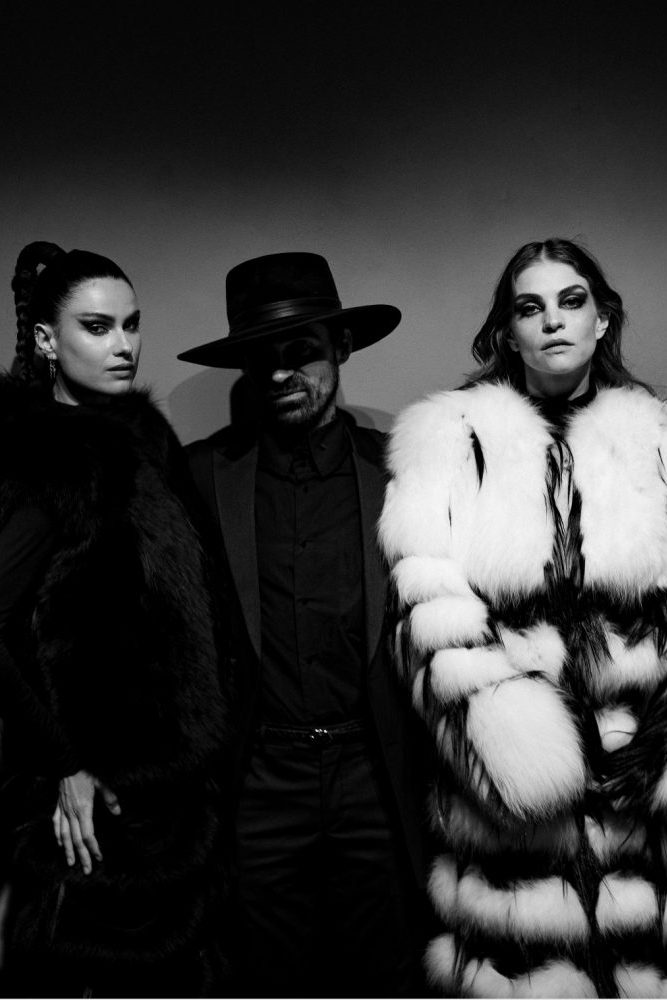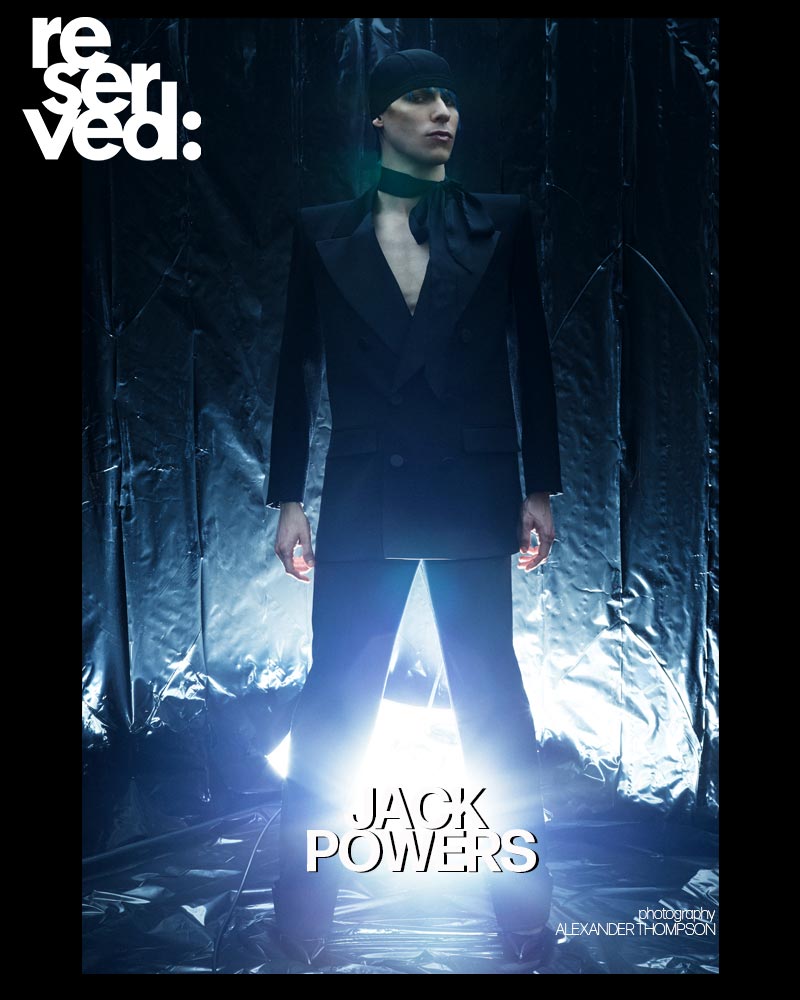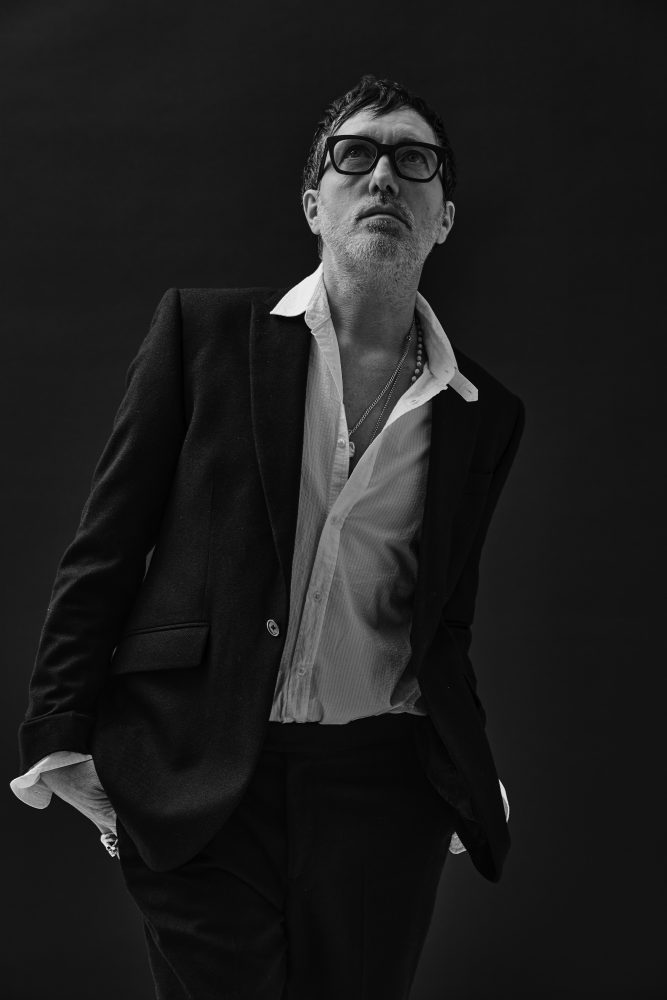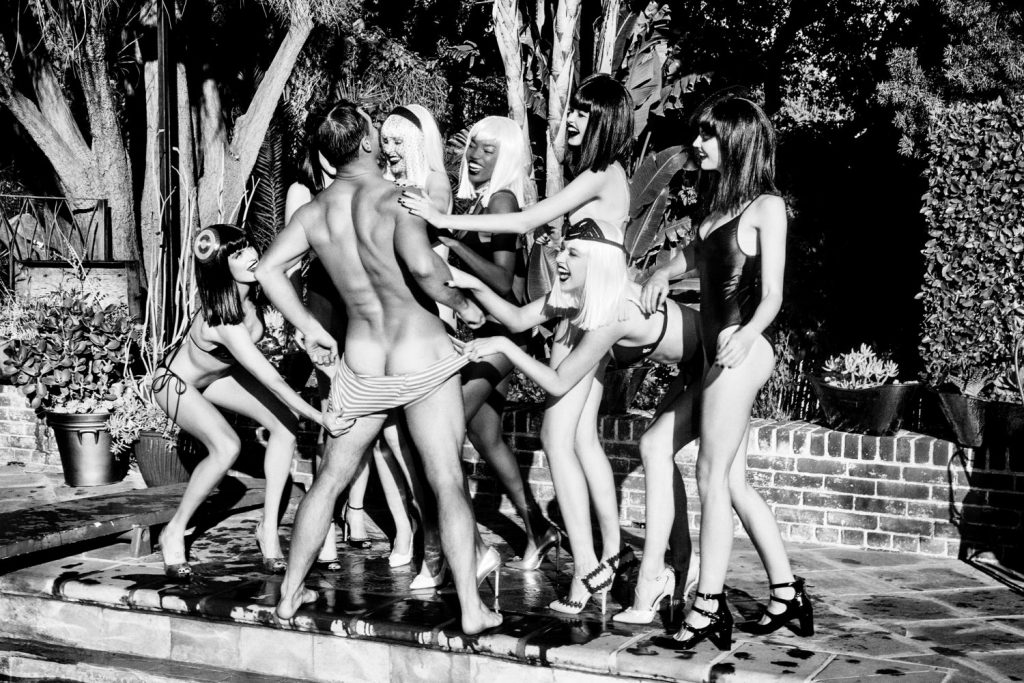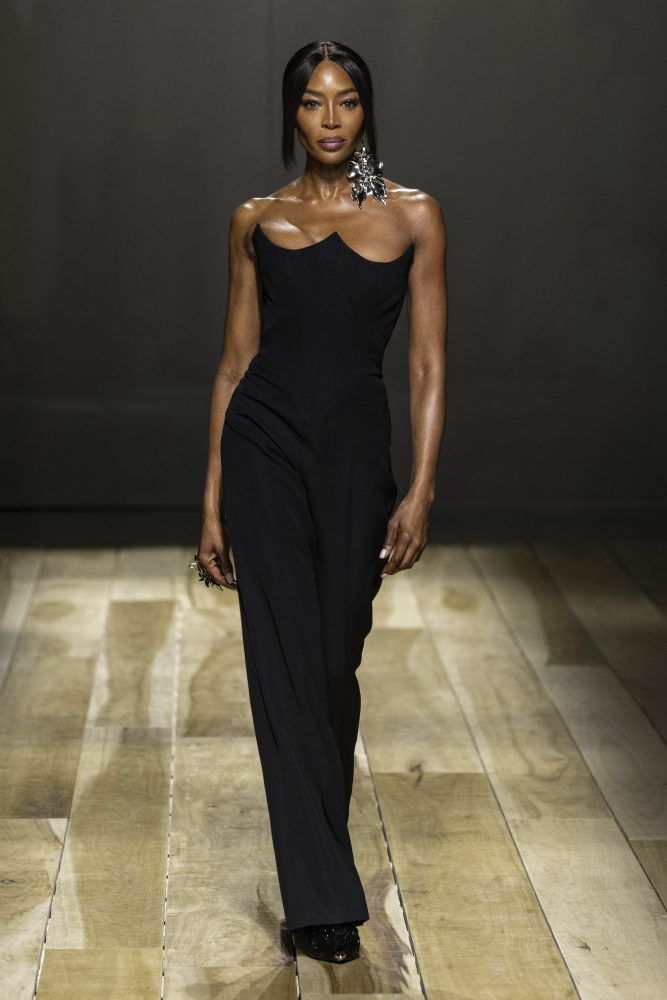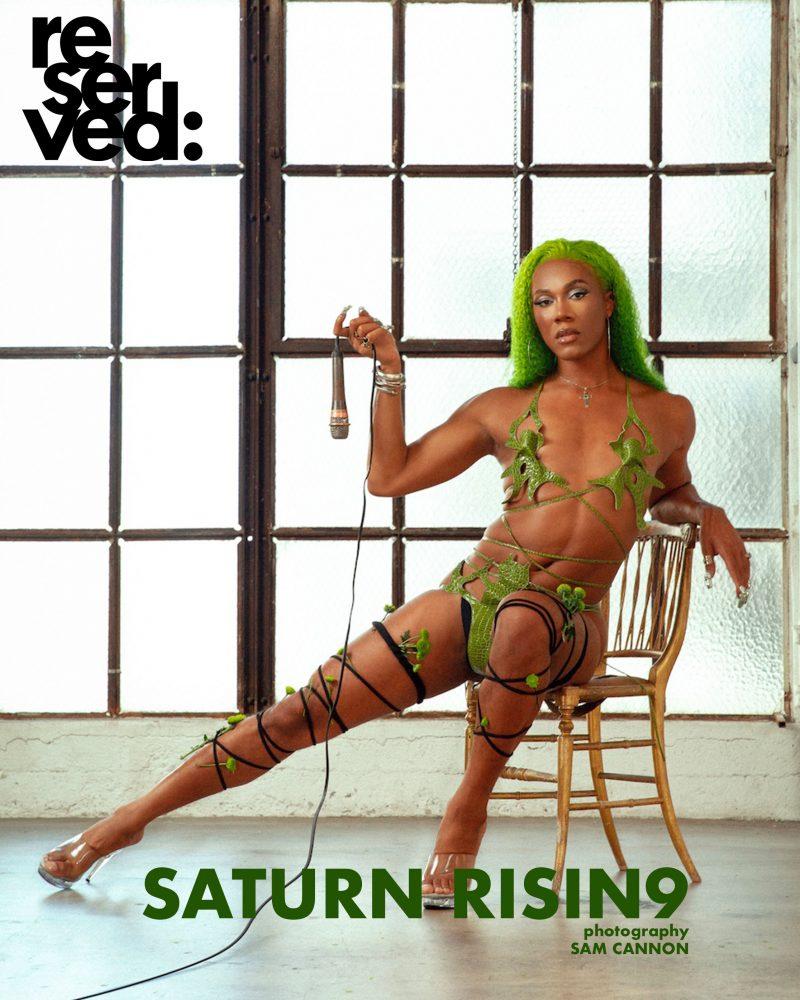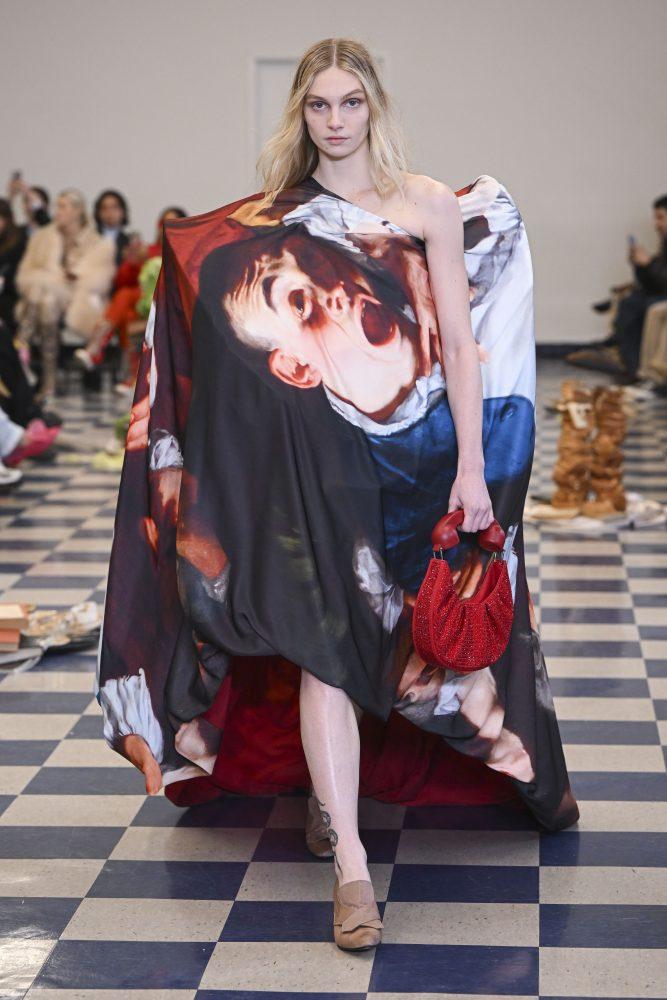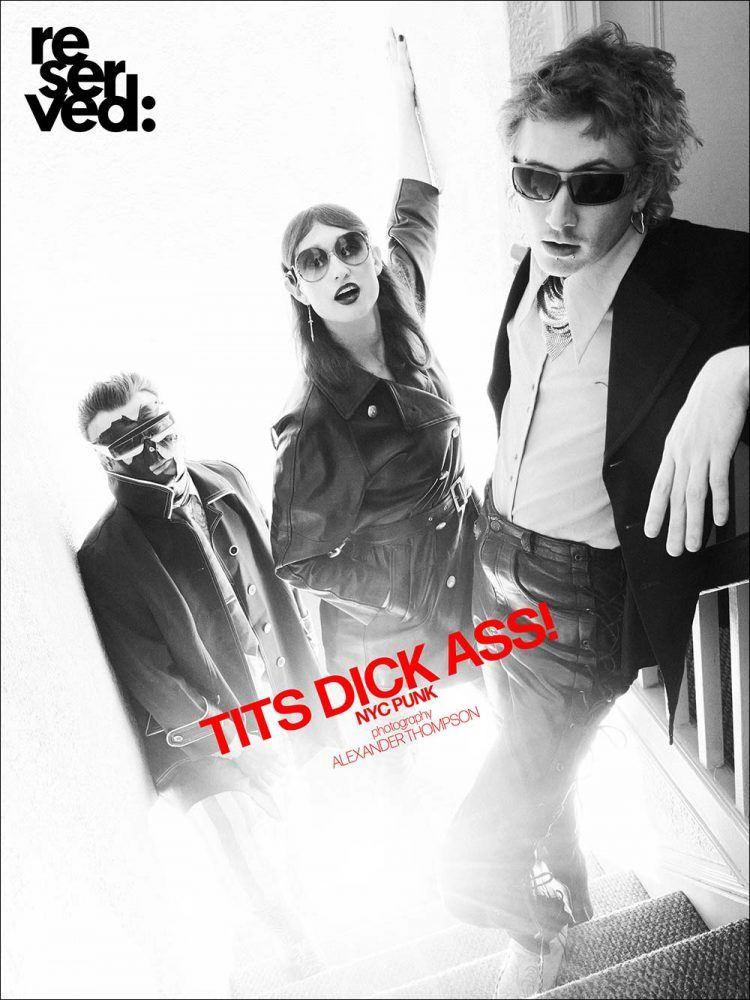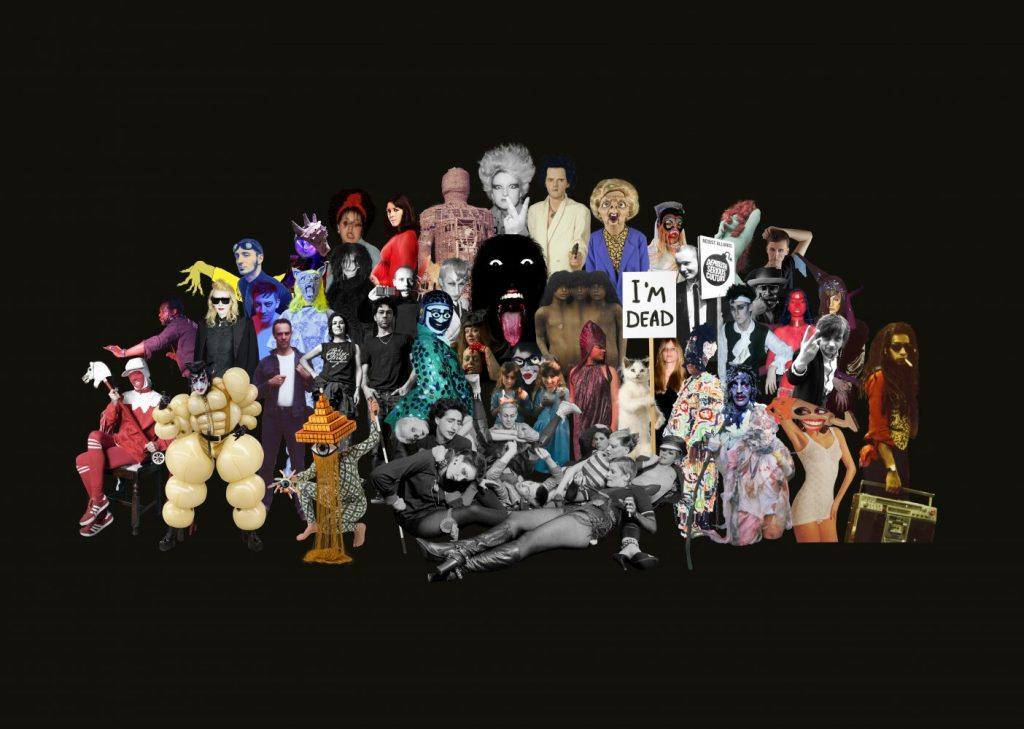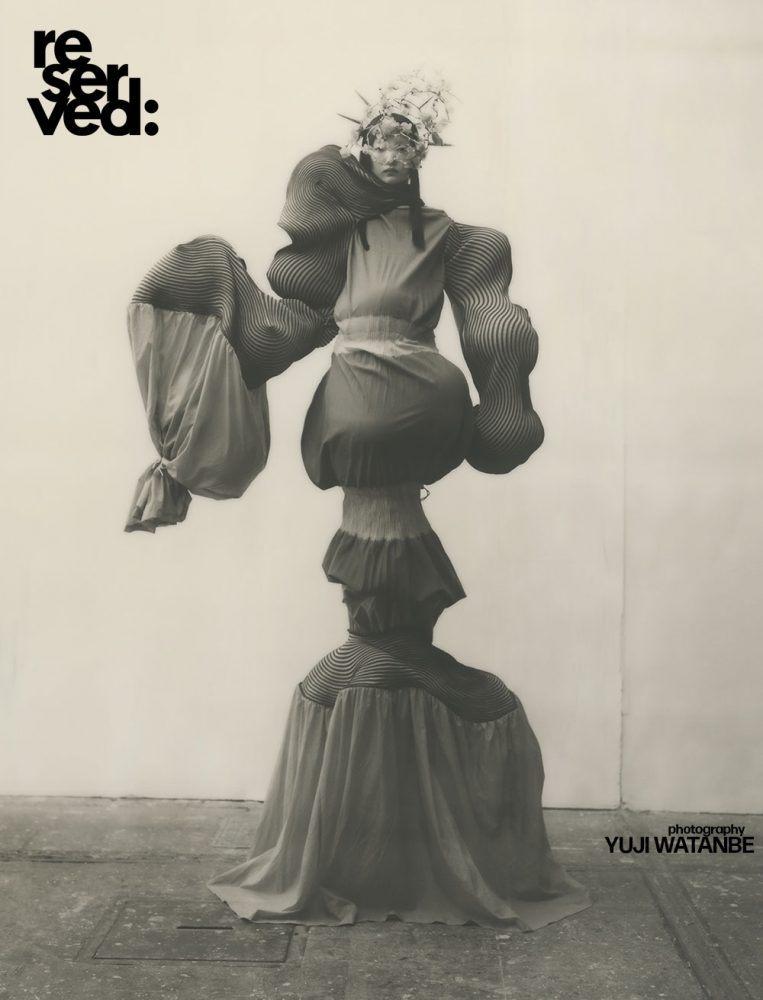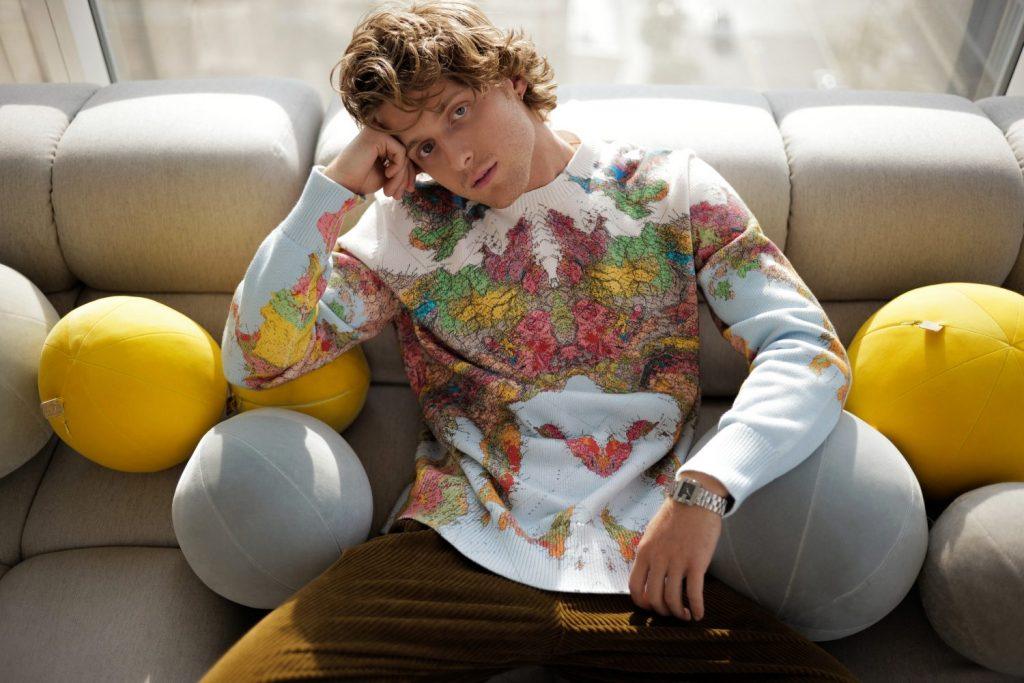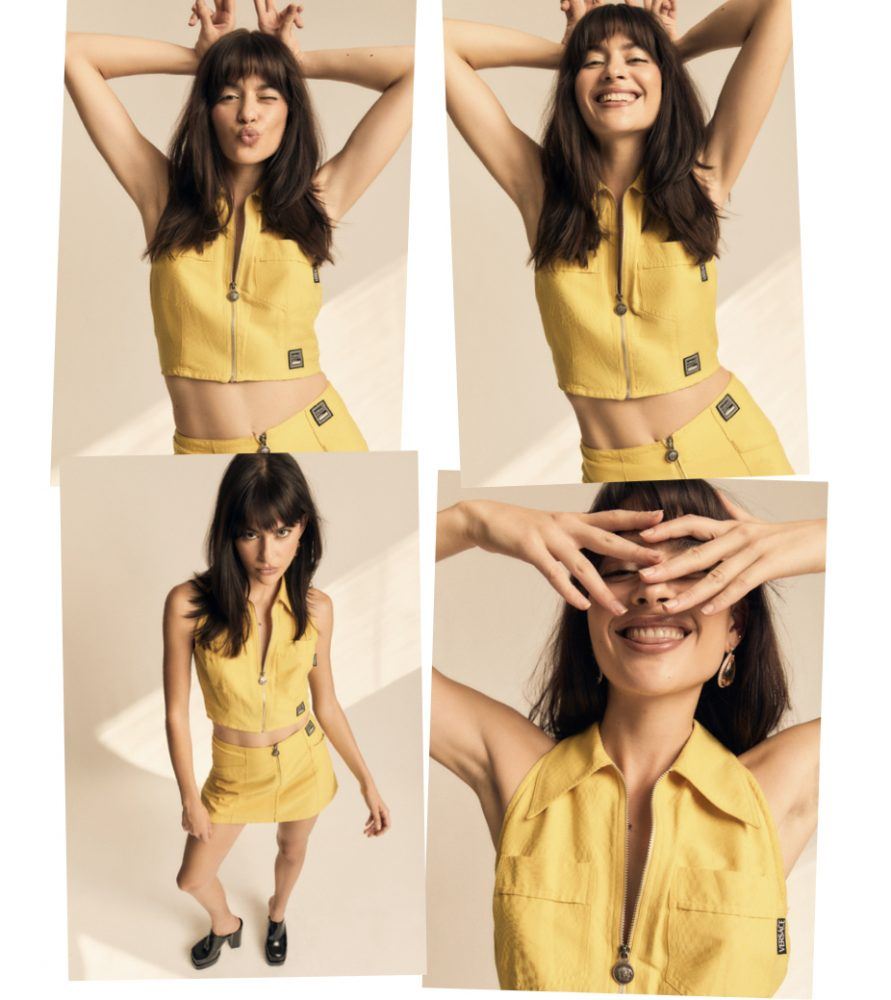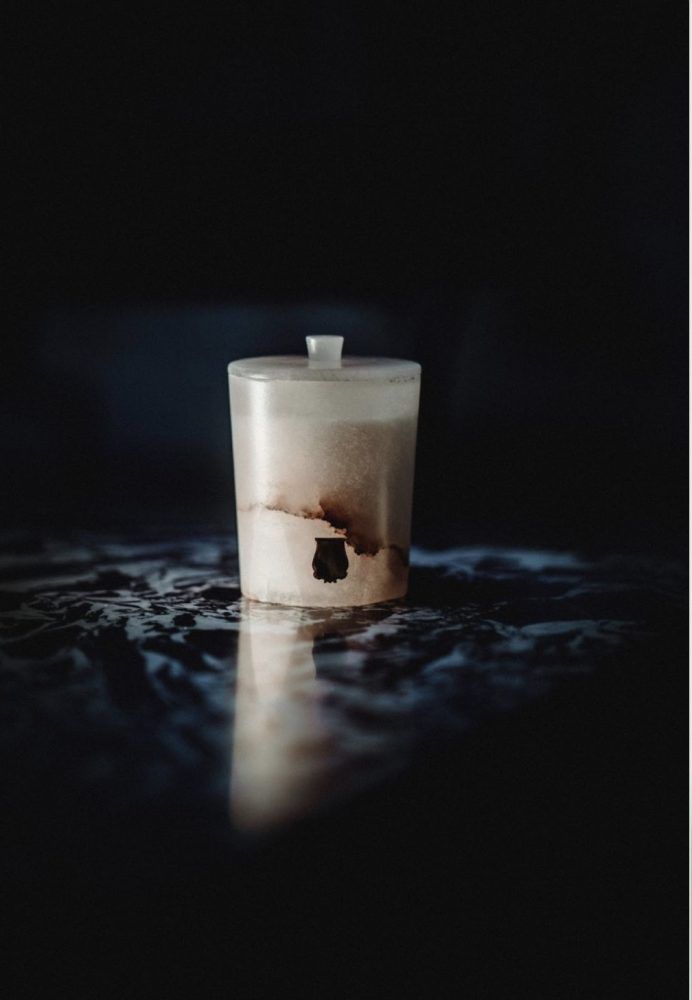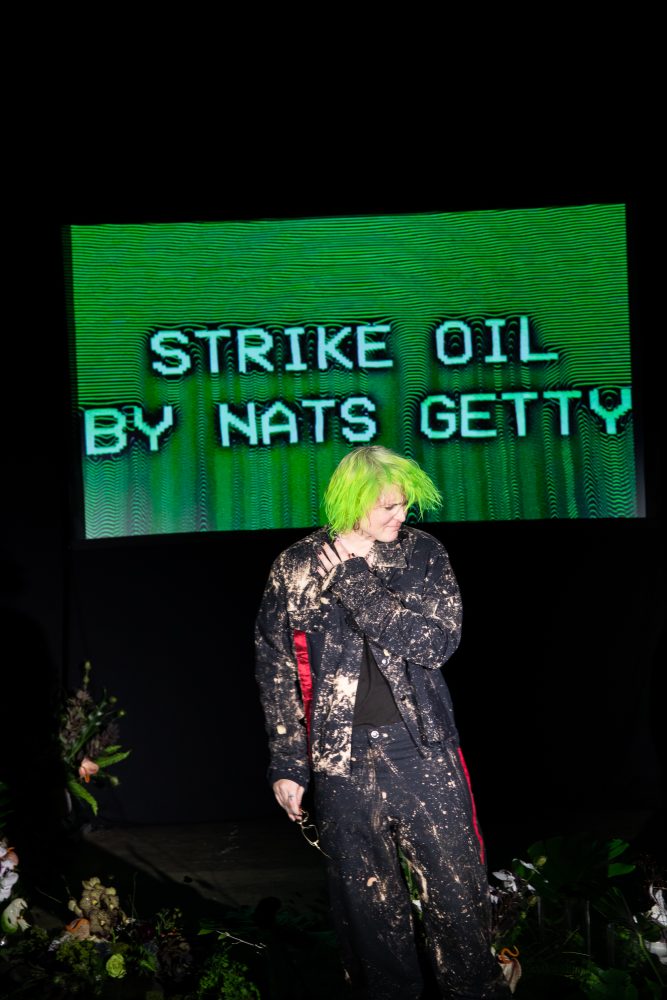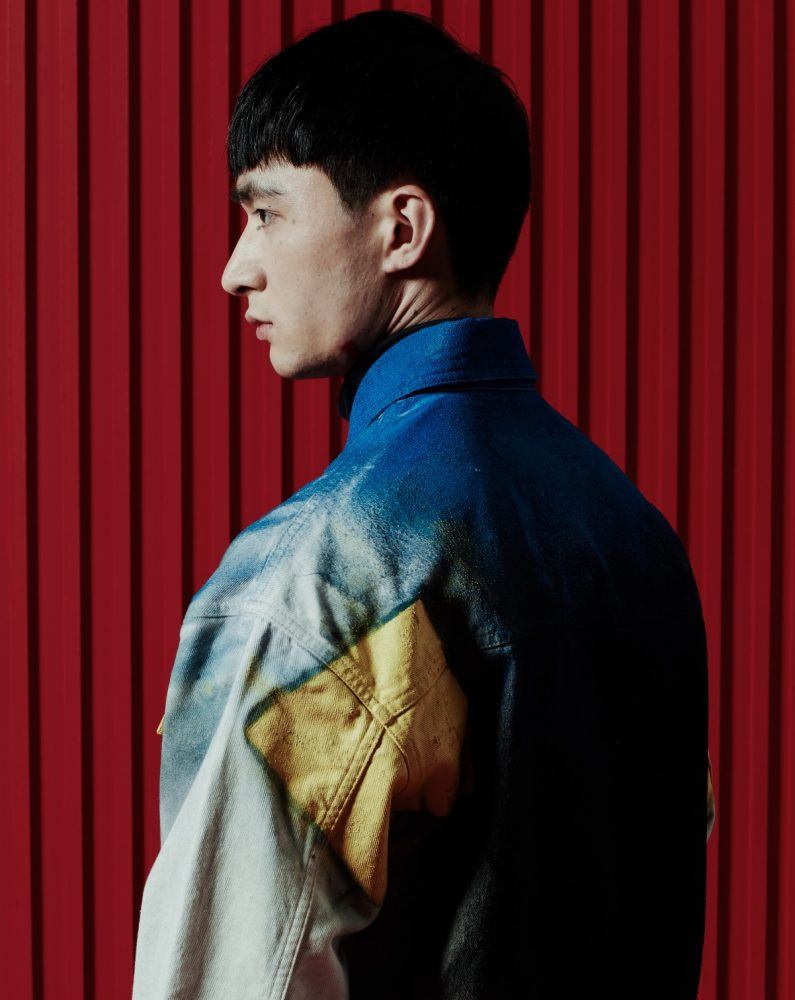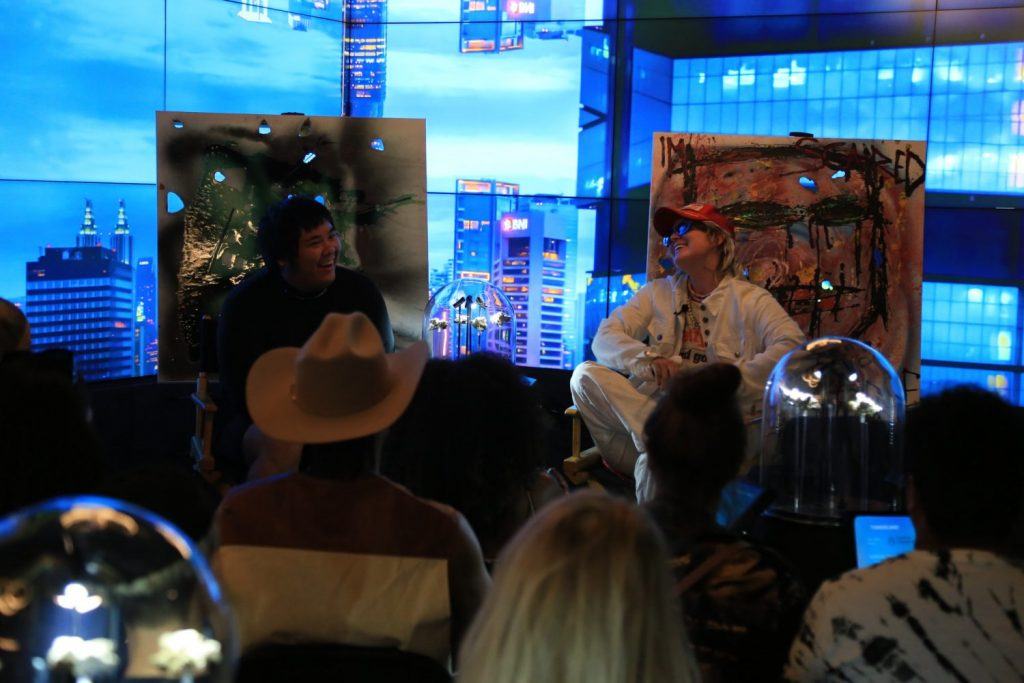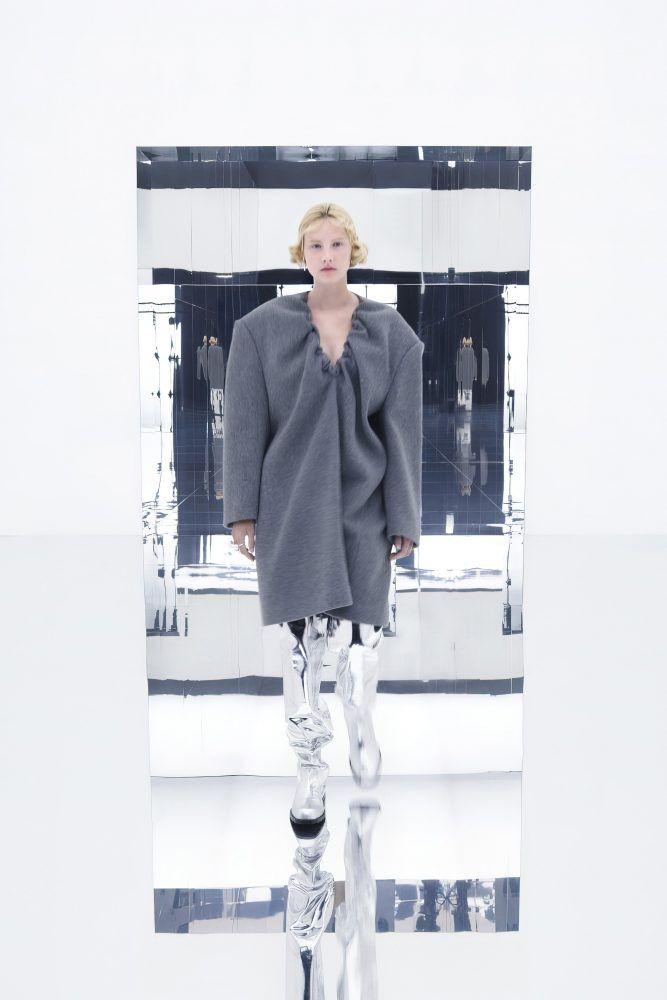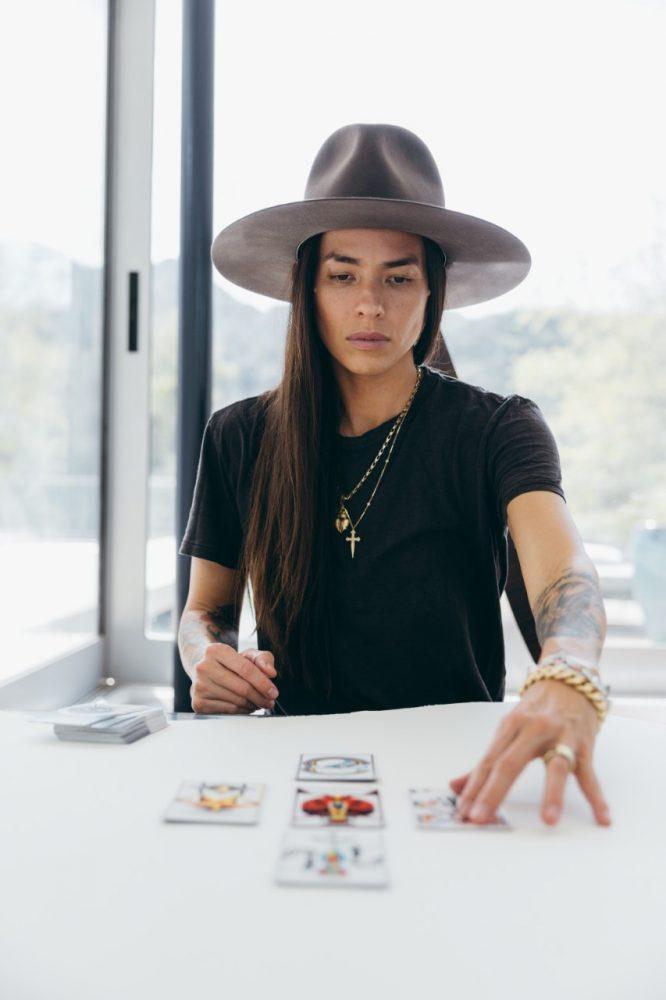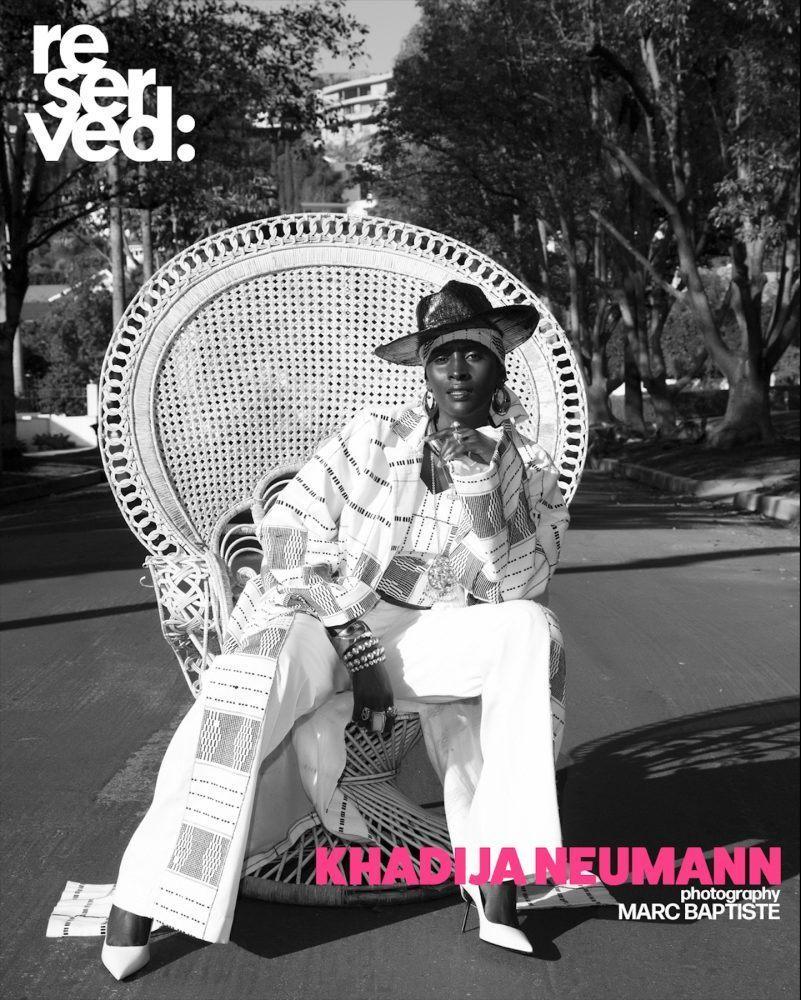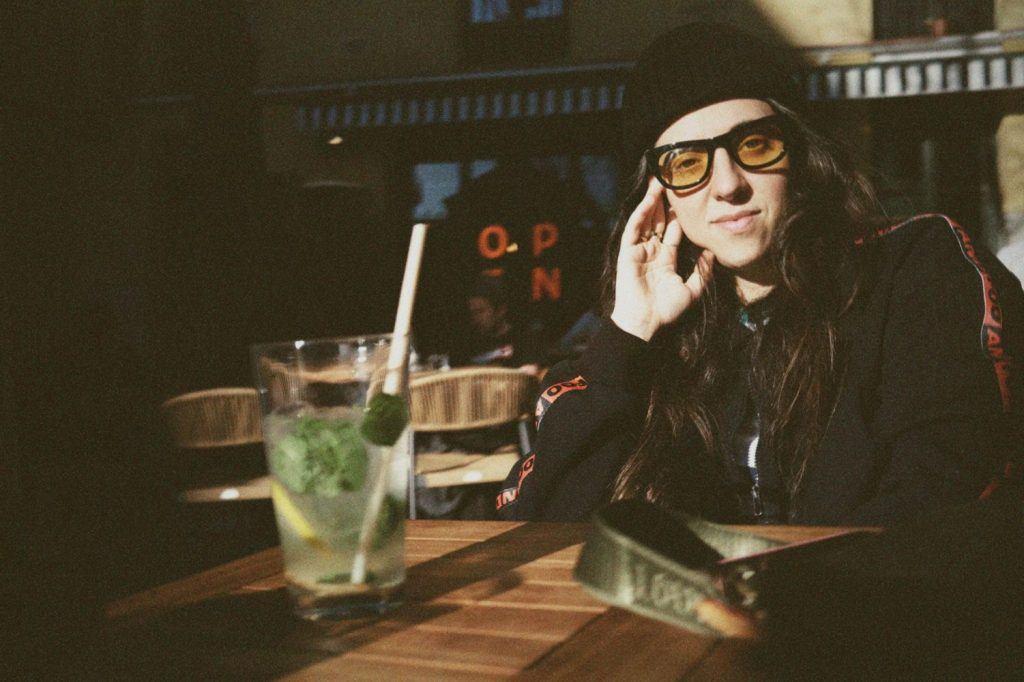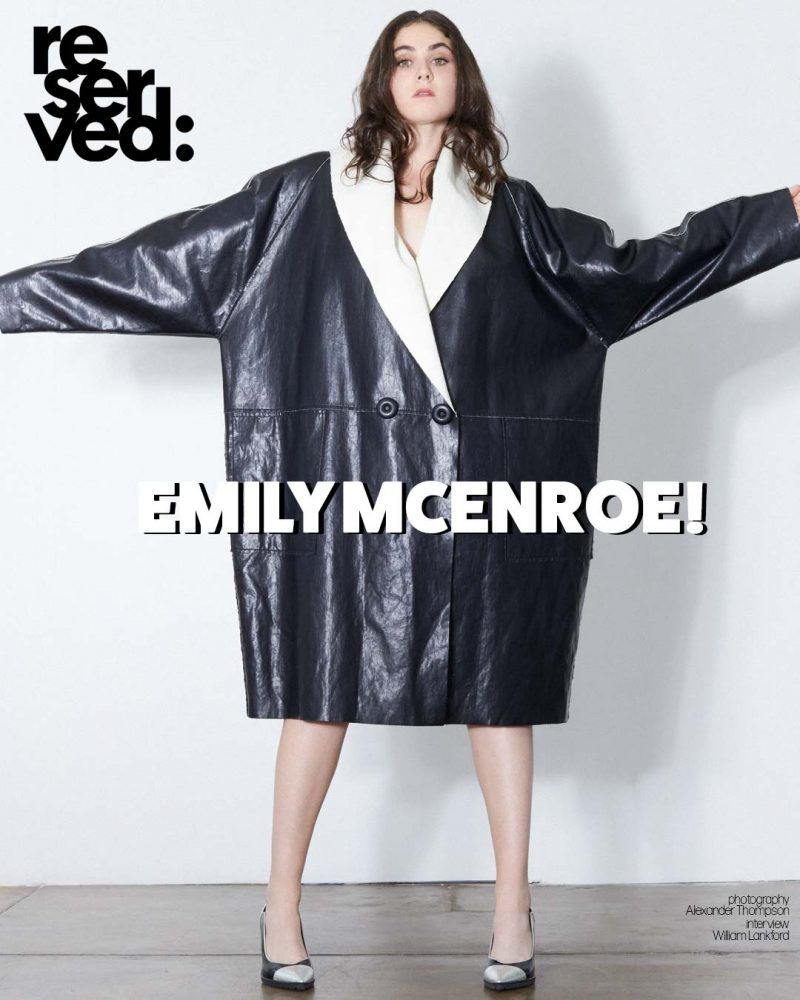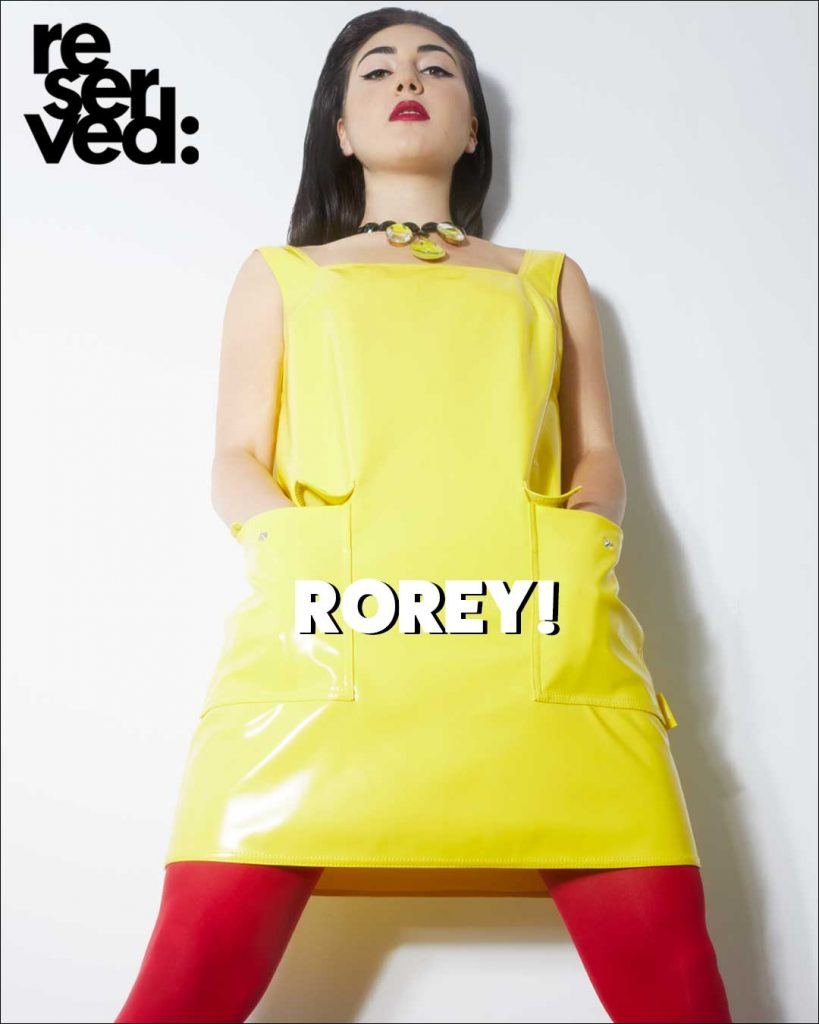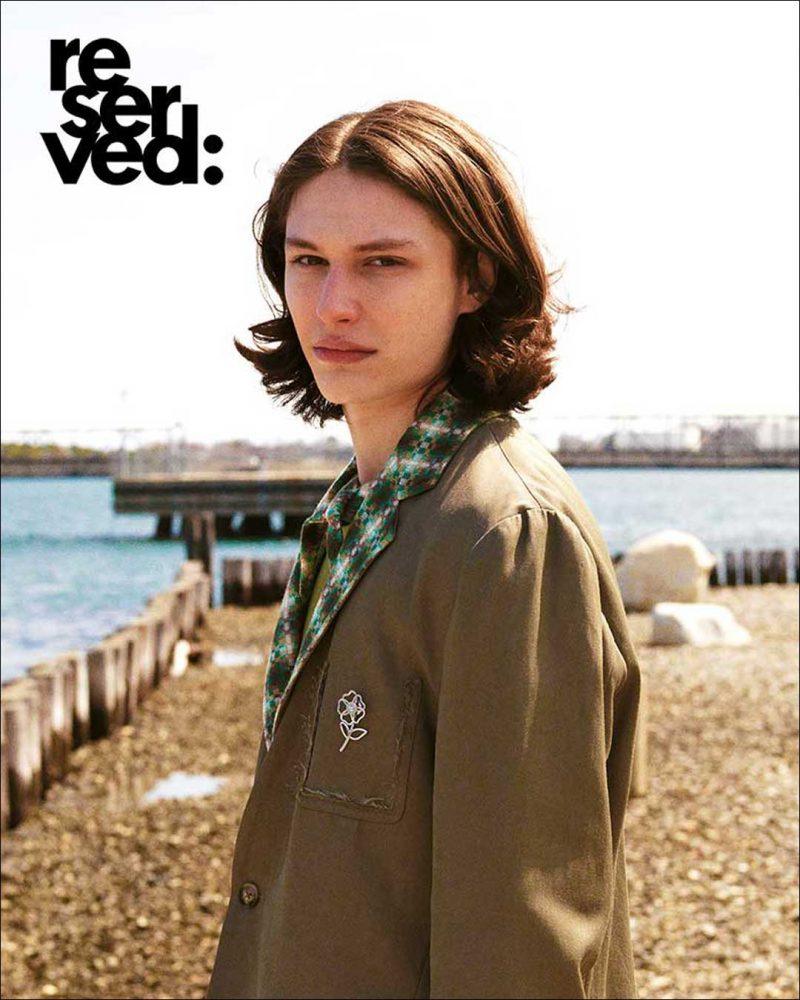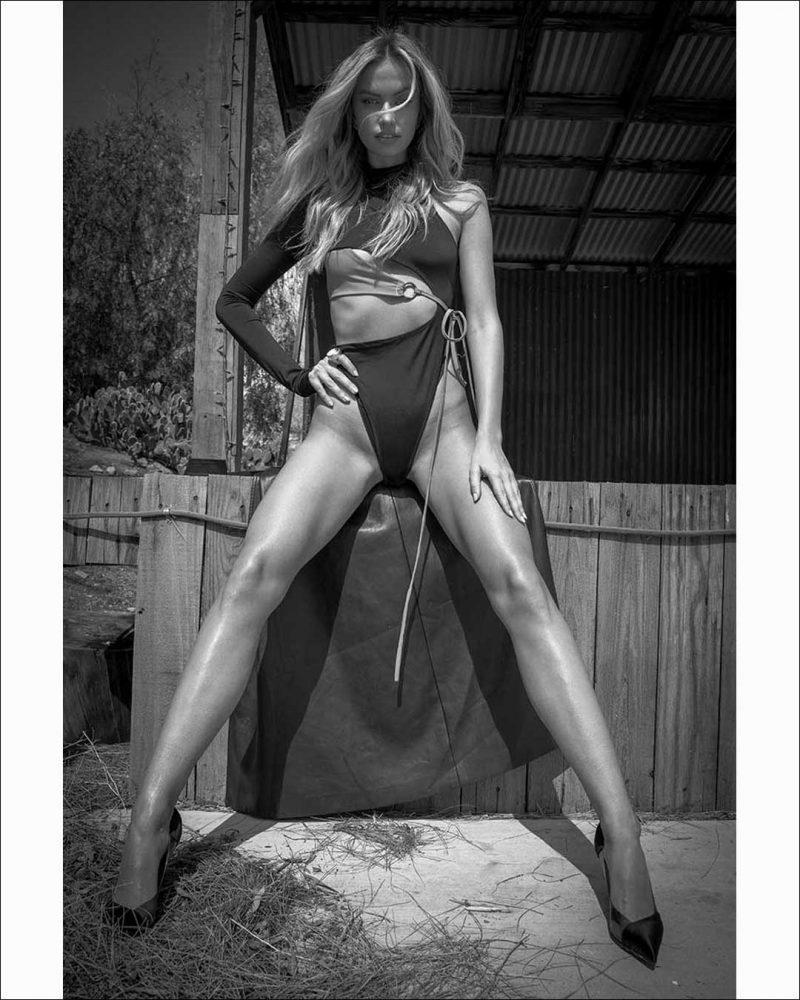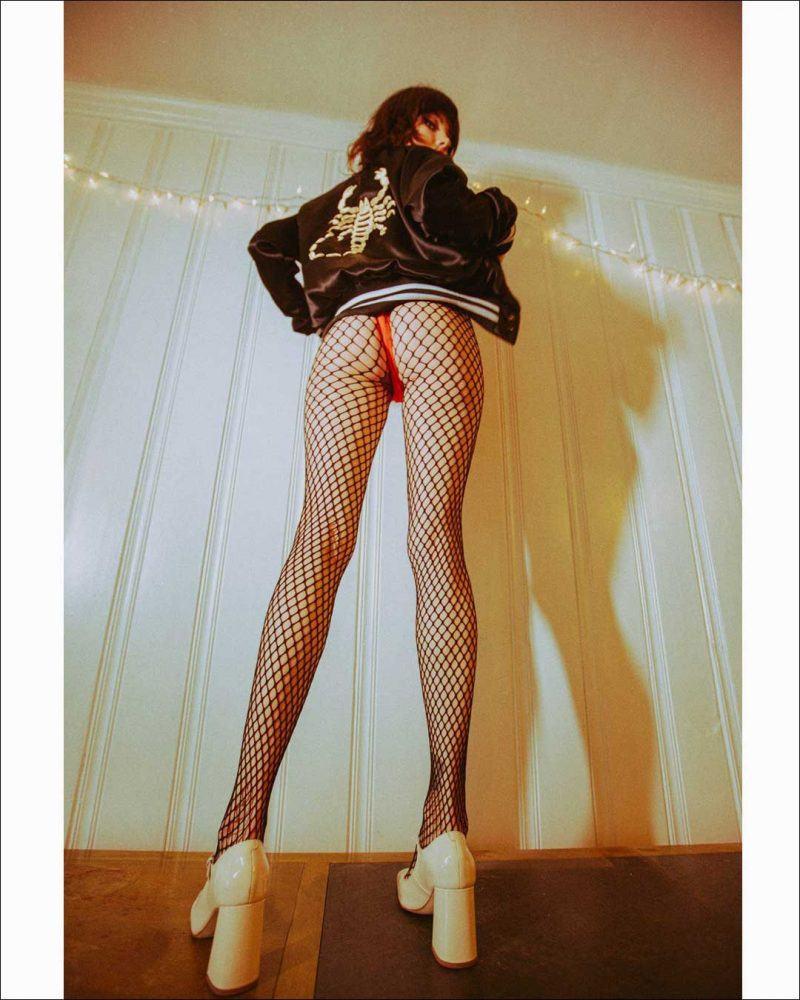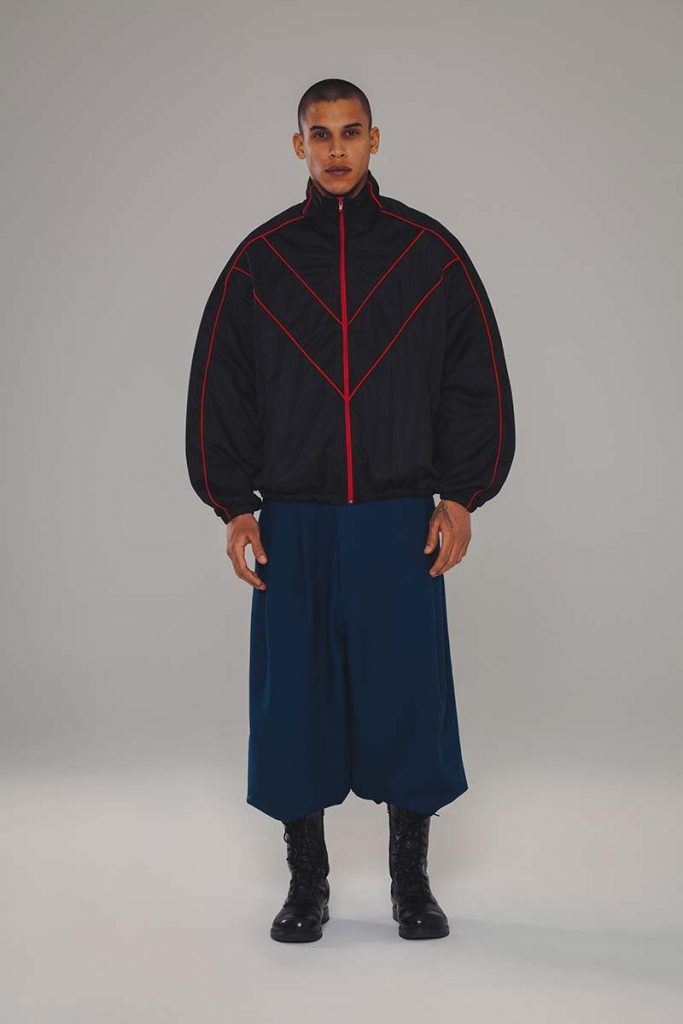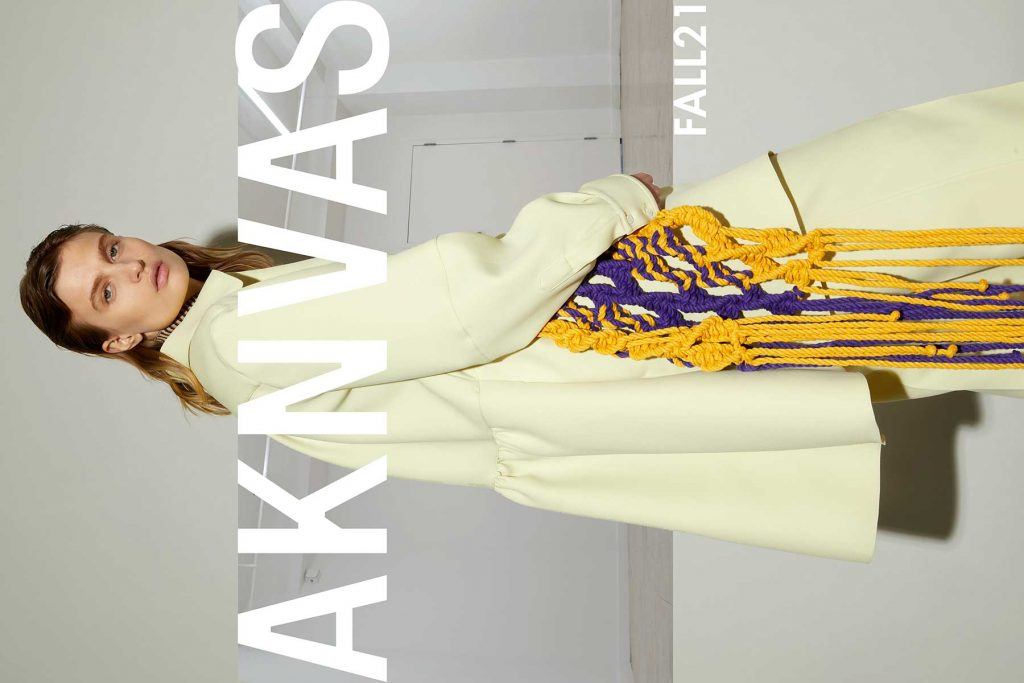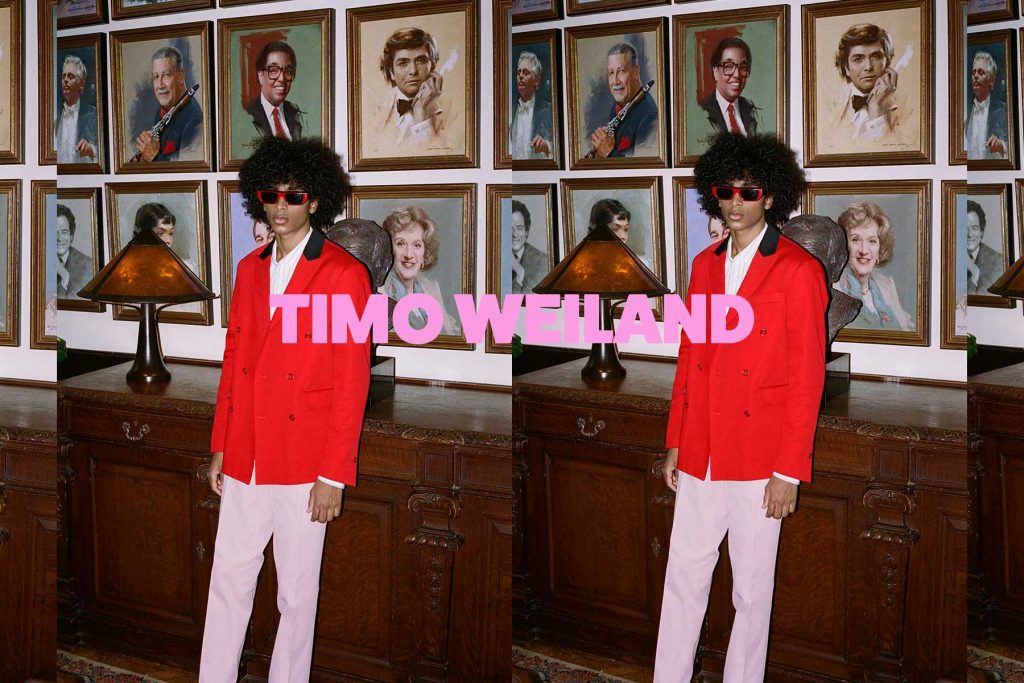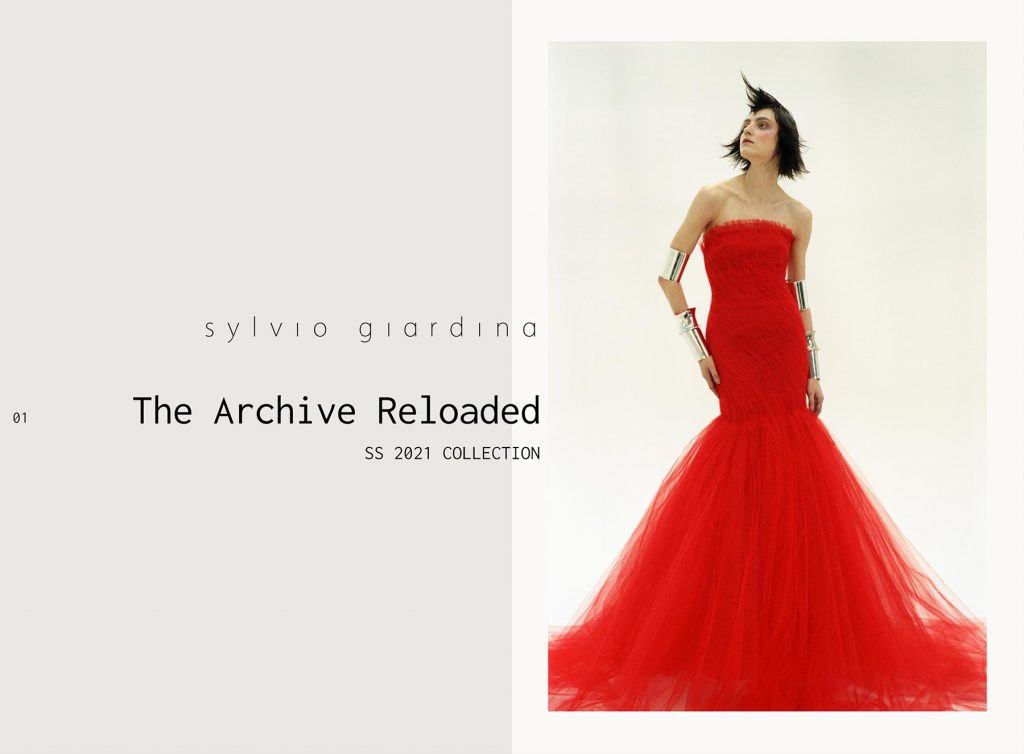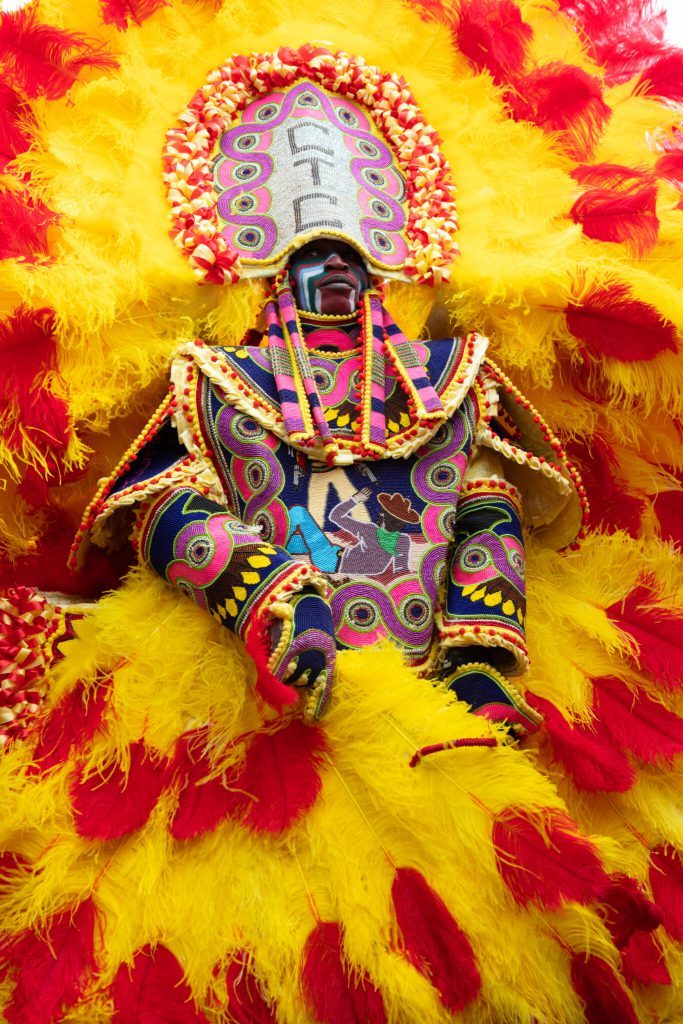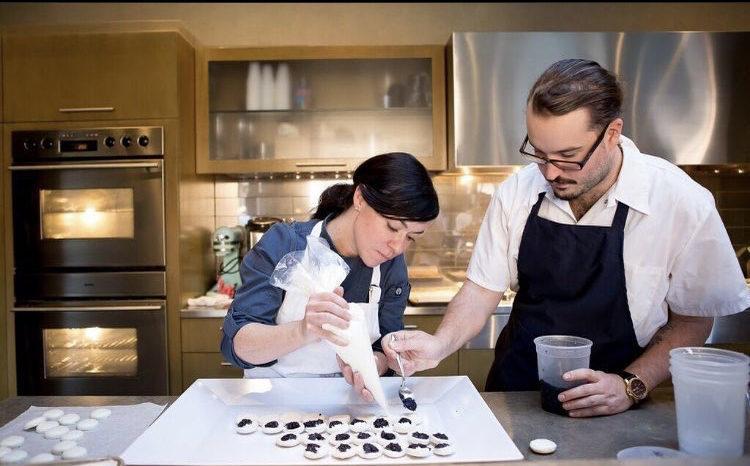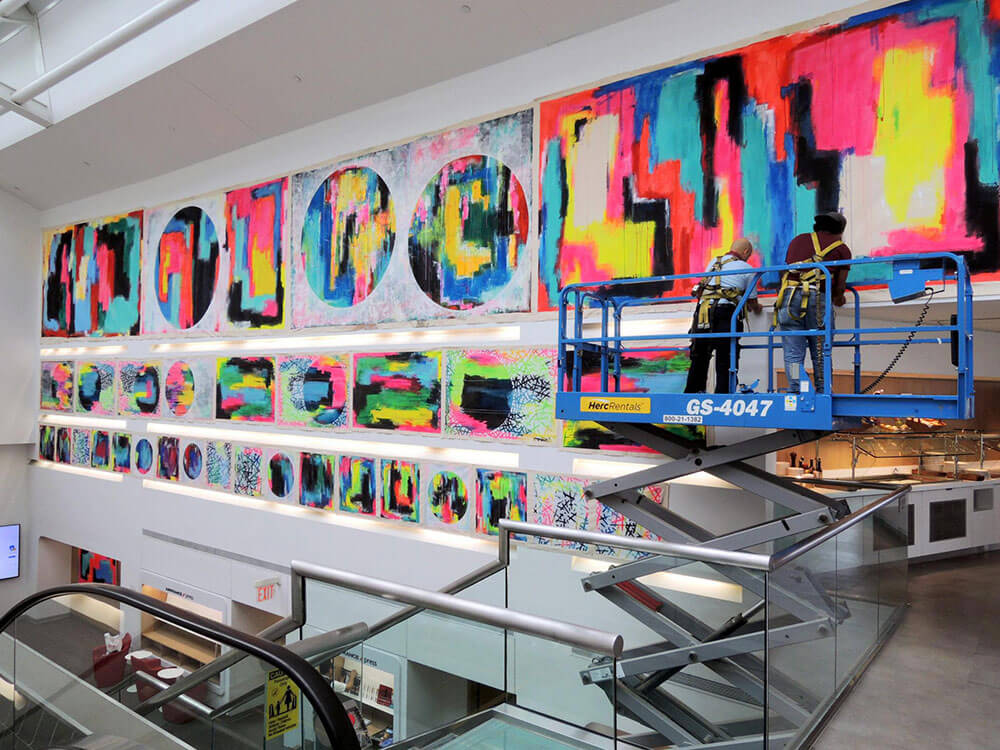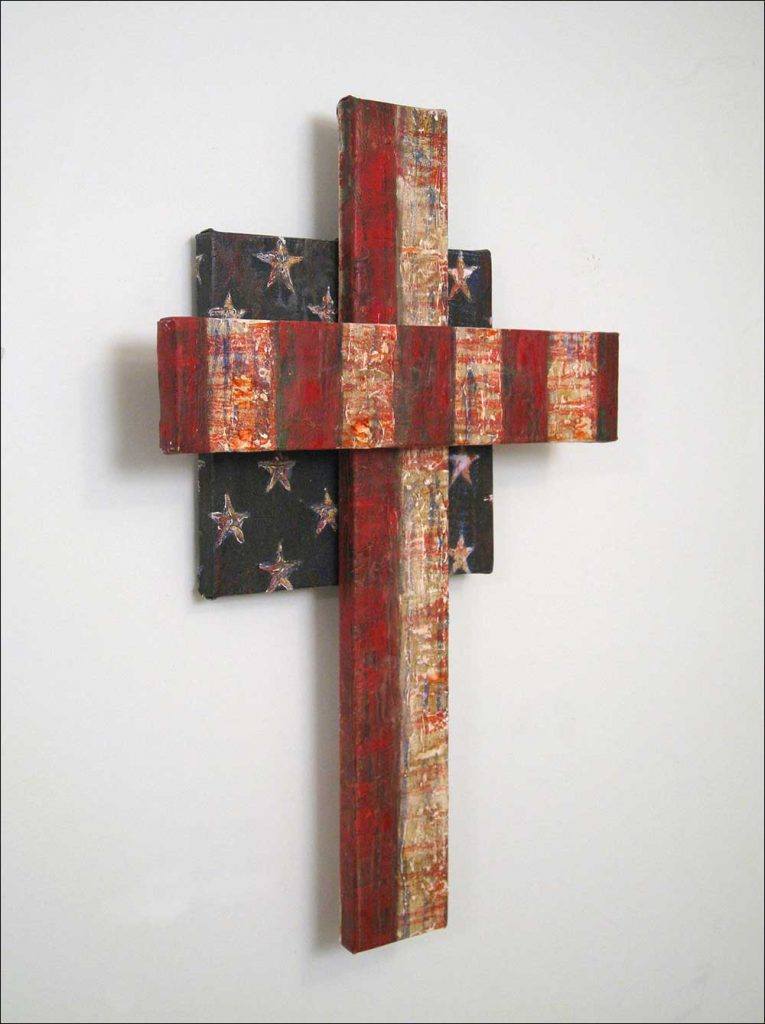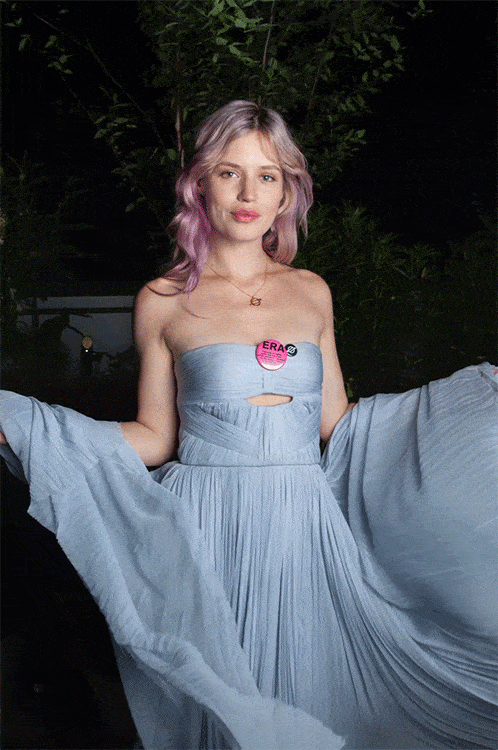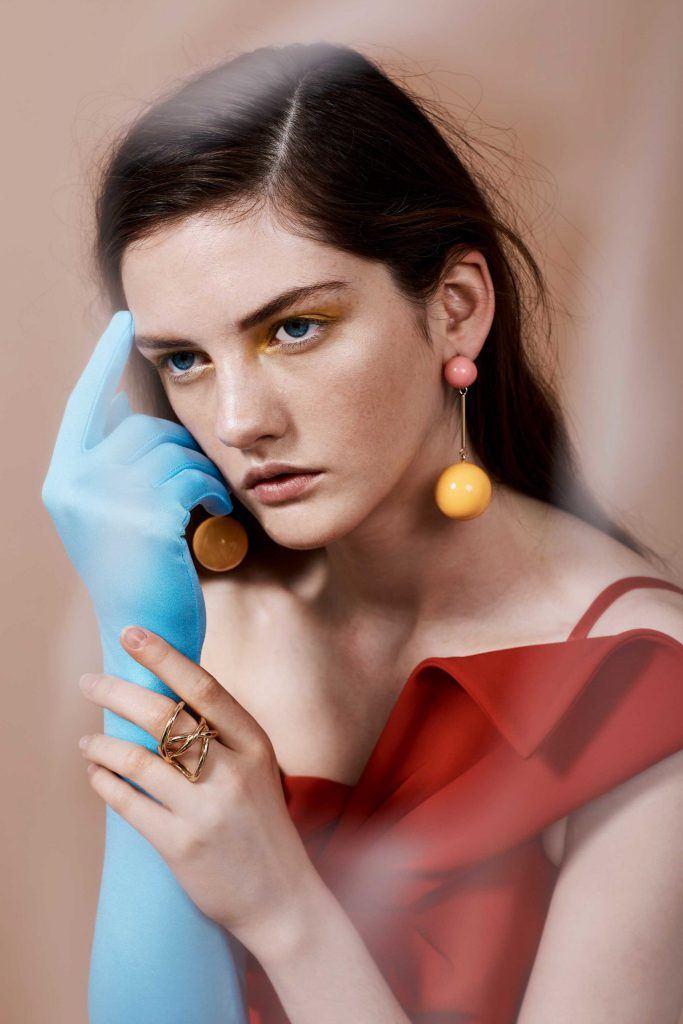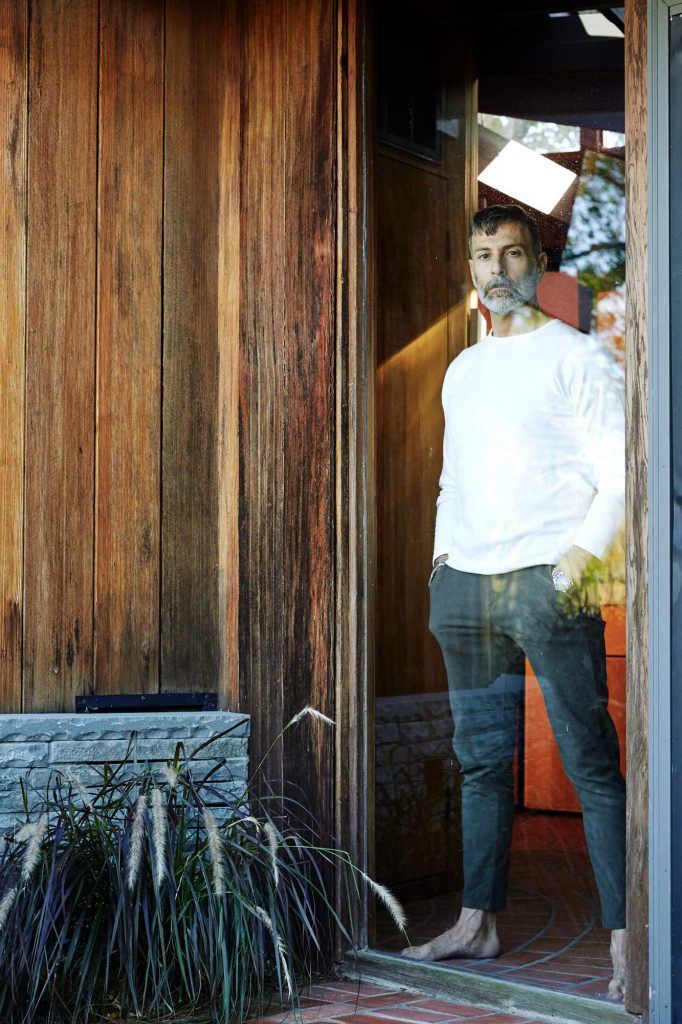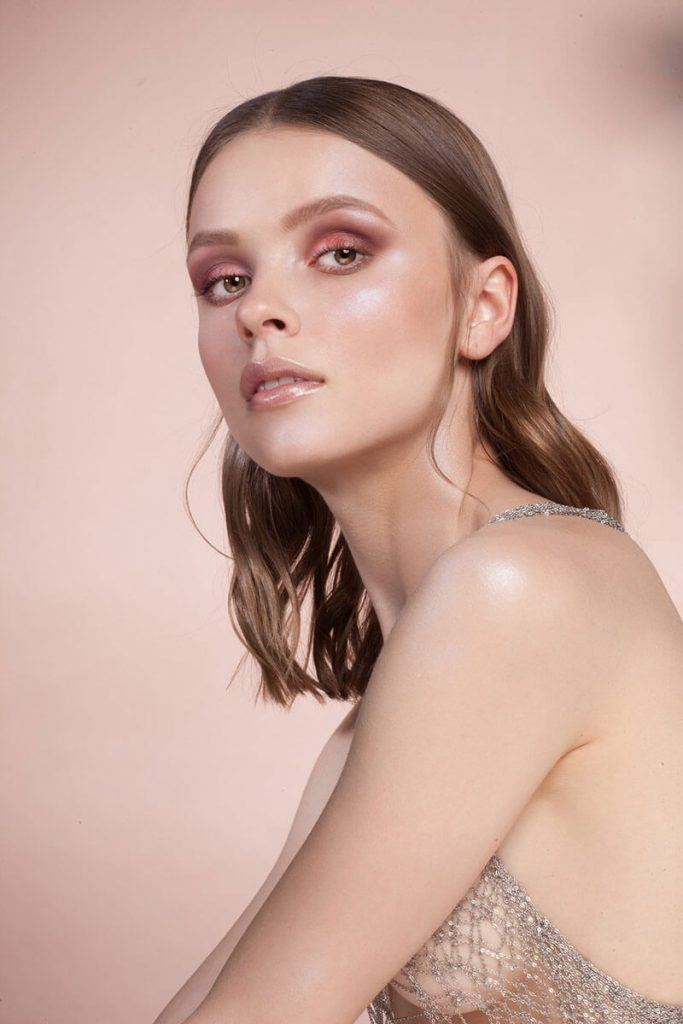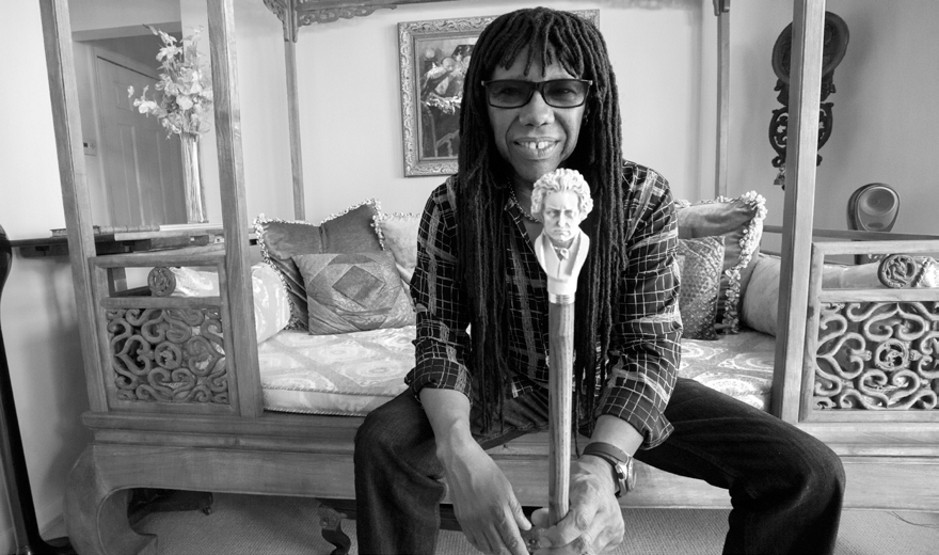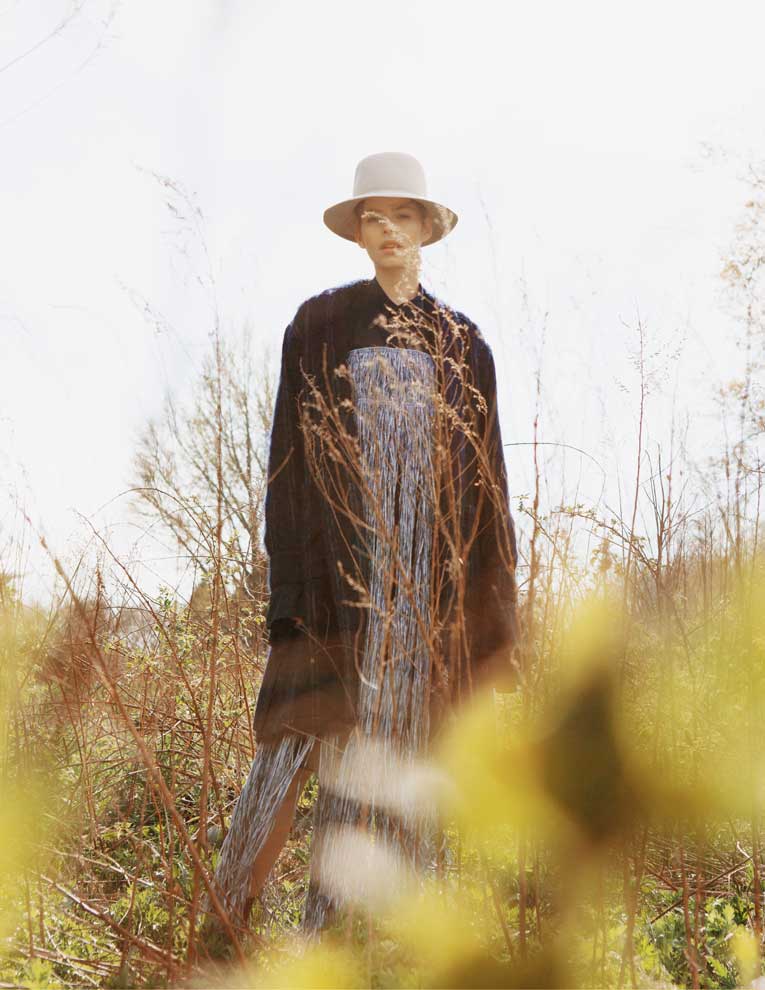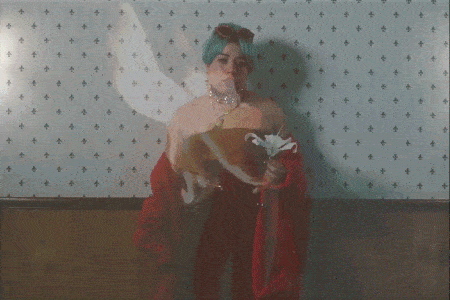
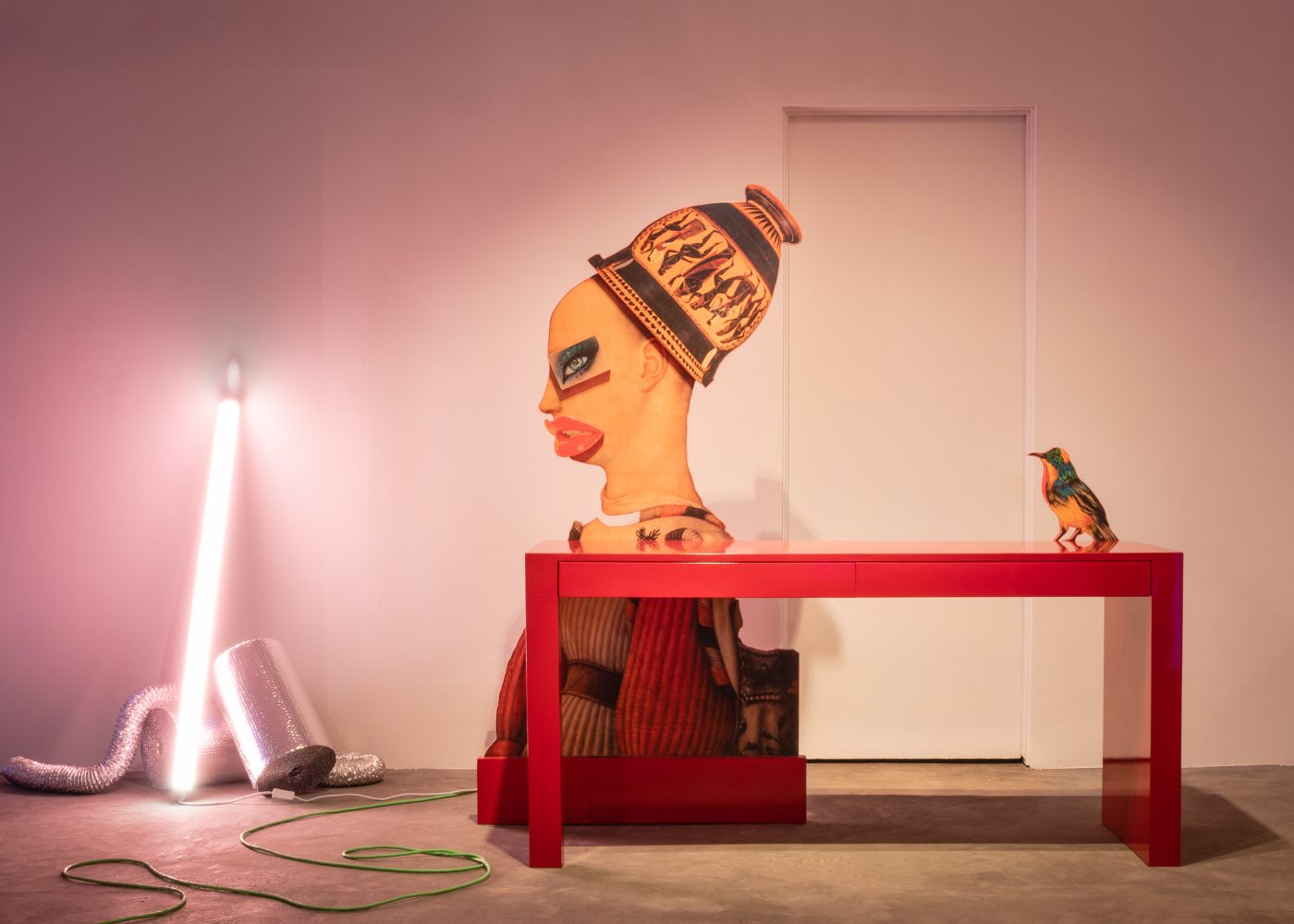
Mattia Biagi, A little bird told me desk
International sensation Mattia Biagi has bolstered a blockbuster career in the art, design and interior design industry on his 11-year grounding in high fashion. His most recent venture is a fine art lounge featuring limited edition furniture housed in his Sunset Boulevard gallery and retail space—furniture combining Biagi’s unique mixture of elegance and eccentricity, including what he describes as “sculptures in marble, something more sophisticated to close the gap of my portfolio.”
Biagi recently sat down with Reserved Magazine to discuss his most recent artistic creations and the career path that led him to his present pinnacle in the world of art and design.
- Mattia Biagi, Repeat after me table lamp
- Mattia Biagi, Magnoliid clan side table or seat
RESERVED: Your adolescence in the fashion industry is particularly fascinating.
BIAGI: You can tell from my accent, I’m Italian. I grew up in a small city that is called Ravenna. When I was 14, I started to work in fashion. I was hired by Jean Paul Gaultier. I worked with Vivienne Westwood, and that took me to Milan. At the age of 16, I was in Milan full-time modeling. I had twelve major campaigns: Dolce & Gabbana, Armani, Versace, you name it. It was a high-end career.
At the same time, I was very drawn to interior design. I was fascinated with how they were able during Fashion Week to transform spaces that were empty warehouses. How these spaces became beautiful scenes staging fashion shows. Then, just after I turned 17, I was lucky enough to meet Giulio Cappellini, a guru in the design industry. Giulio took me under his wing. Over the next two years, he sent me to design studies to be a sponge, to look and learn about design. That’s when I started to work and connect with top designers like Tom Dixon who were very artistic. So what I learned mostly was pure art.
At 18, I became an employee working full-time with Cappellini as a creative consultant on his team. That experience really opened me up to the arts. I worked on the theming for the store, painting and installations. I was doing art without realizing it.
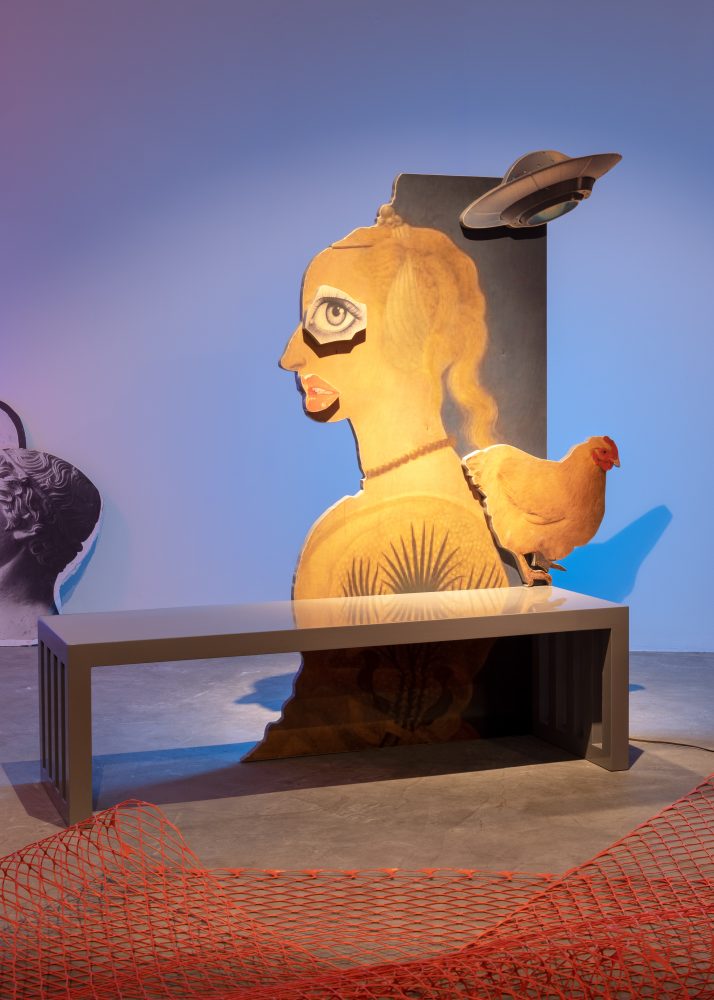
Mattia Biagi, La Strada bench
Twenty years ago, Cappellini sent me to the U.S. to open their first store in this country. When I moved here, the sense of being a creative artist disappeared because there isn’t much you can change in one store.
One day, I went to La Brea Tar Pits and discovered how prehistoric animals were preserved in the tar. I became fascinated with tar and started to work with the material. That led to my first collection, which is all about preservation and transformation. Every single work I’ve produced since then is also themed by preservation and transformation, whether it is collage, plaster or bronze. So my career as a multimedia artist started with black tar.
Today, I’m in three permanent museum collections, including the Louvre Dubai. My work has also been used by Johnnie Walker. I became an ambassador for the alcohol brand’s Black and Double Black lines.
At a certain point, everyone began to categorize me as “the artist that does black tar.” As a matter of rebellion, because I use so many different mediums, I almost immediately started to work in something else.

Mattia Biagi, Game Over Wall Light
RESERVED: That something else manifested, in one iteration, in your furniture collage pieces.
BIAGI: Yes, but that specific work also came from my interest in preservation and transformation, the same interest that led to my work with black tar. The idea of combining my knowledge of crafting furniture with my interest in preservation was alluring. I wanted to create sculptures with function. That also gave me a chance to work with the people who I’ve collaborated with in my past.
This iteration was just as creative in furniture design as it was in sculpture. The imagery that I use comes from a painting I studied in school in Italy. That is the primary creed of the pieces. The other imagery comes from my travels, drawings, and a collage that pays homage to Fellini— one of my favorite artists. The surreal collages that I created served a function as furniture. They are also, in a way, collages of myself, reflections of my varied background in art and design.

Mattia Biagi, Various Works
RESERVED: How does your disciplinary schooling impact your artistic process? Walk us through the creation and complexities of your pieces.
BIAGI: The process is always physical. All my work starts with physicality. I need to be involved as a force. I have to paint and draw, but I mostly keep that for myself, doing what I can when I have access to a space, like when I’m home and wanting to create in collage or watercolor. The other part of the process has to do with working in many different mediums: plaster, wood, black tar, bronze. No matter what material with which I’m working, I change their form in the process.
In this collection, we start with simple plywood and use a technique we found for printing on wood. That is how all of the imagery was produced. The purpose of this collection was to work as a classical artist, printing and manipulating a large, 5 by 8 plank of wood—material you cannot cut with scissors. Aside from the physicality required to create this collage, it must also support weight should it become a bench or a desk. That involves other technical considerations.
Depending on the body of work I am creating, each different medium requires a different approach. But all of my work is based on transformation and physicality—the two factors that have been crucial to my work of the past 20-plus years.
I create so many bodies of work, showcasing just this one is difficult for me, although I feel it most vividly exemplifies my most recent creations. I wanted to show something other than the black tar. Something colorful. A nice change of scenery.


